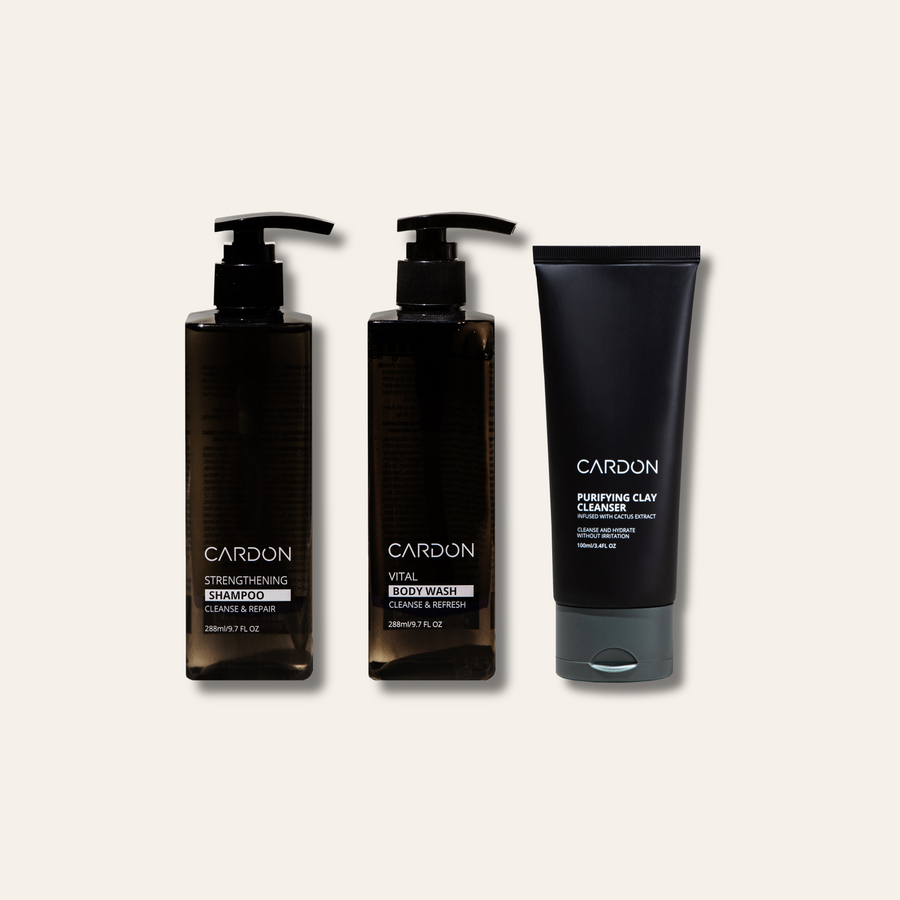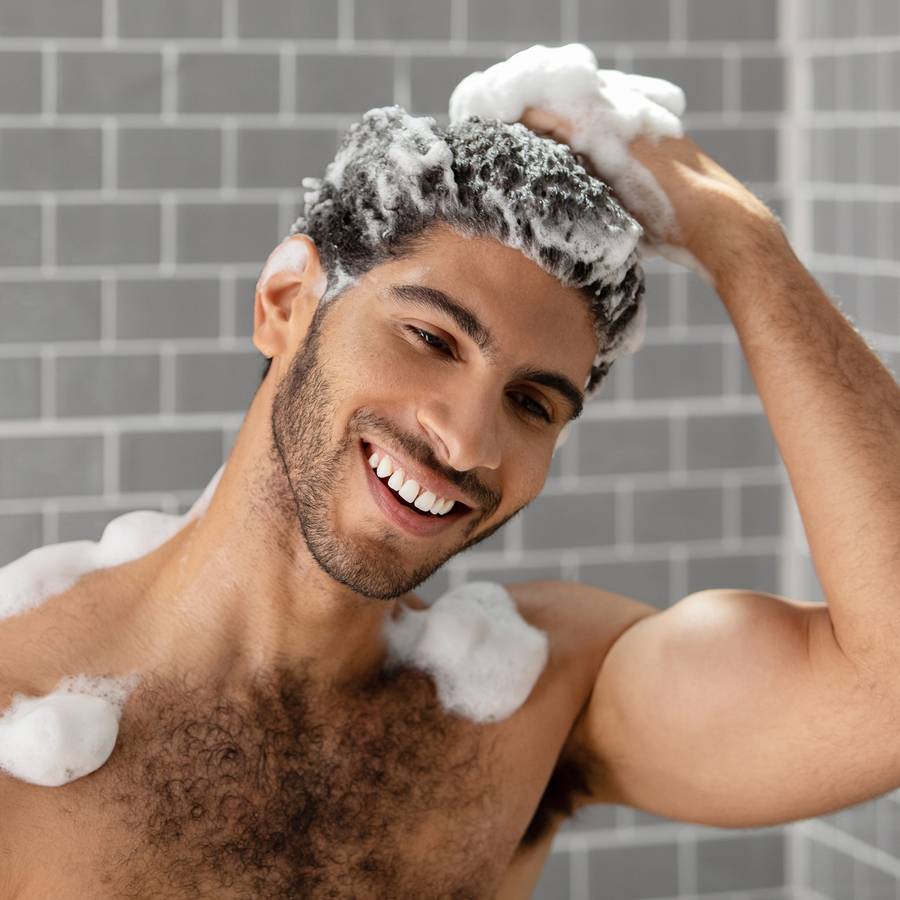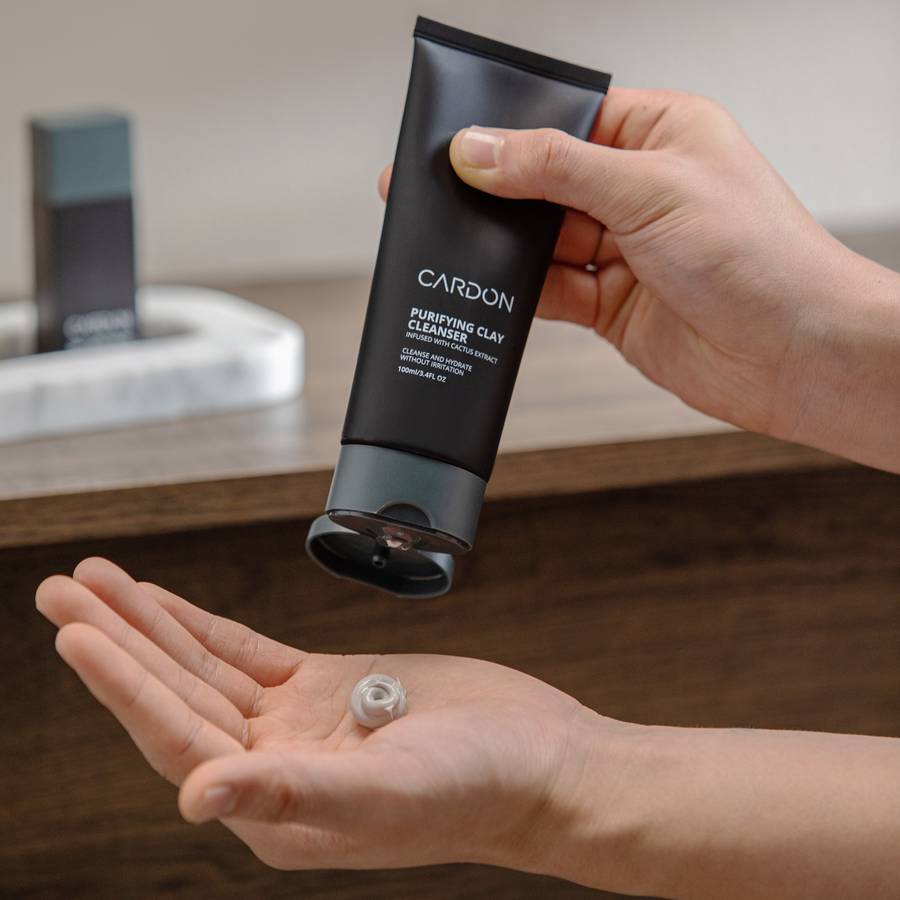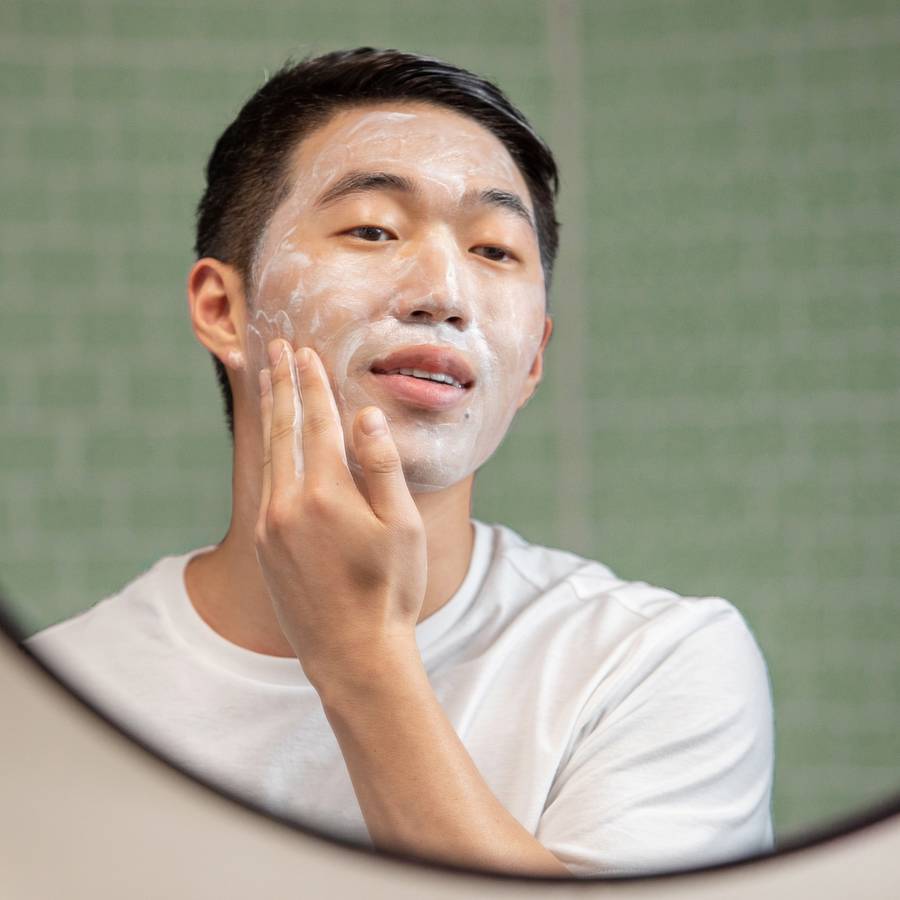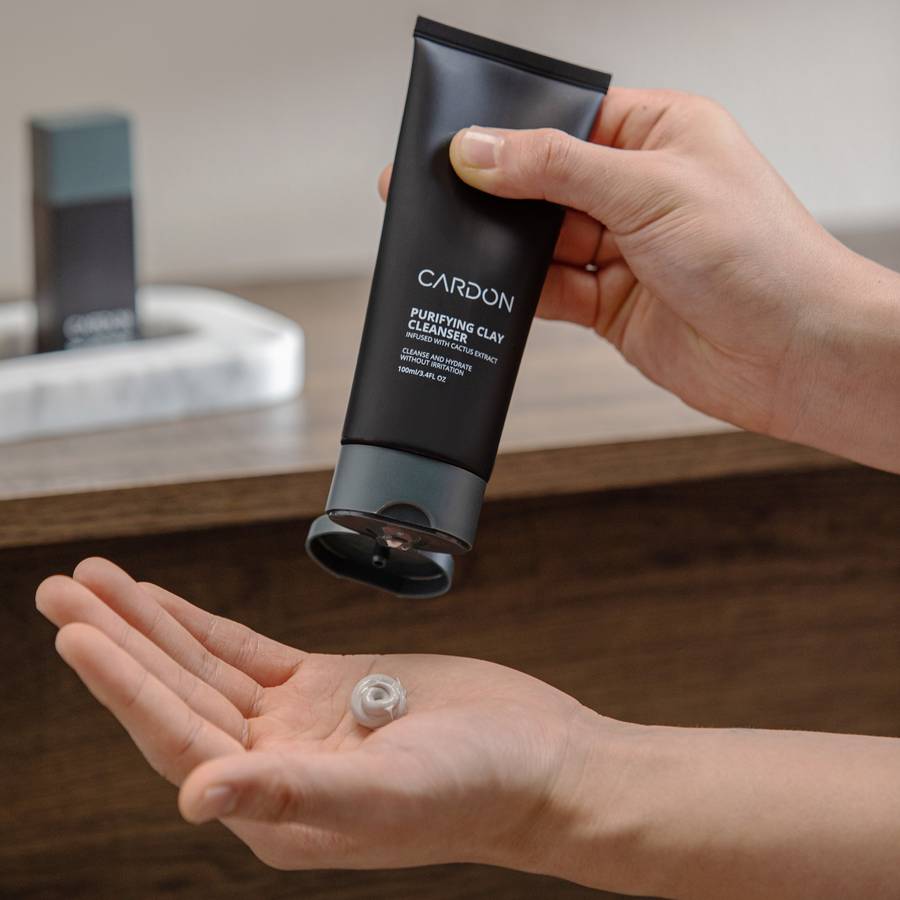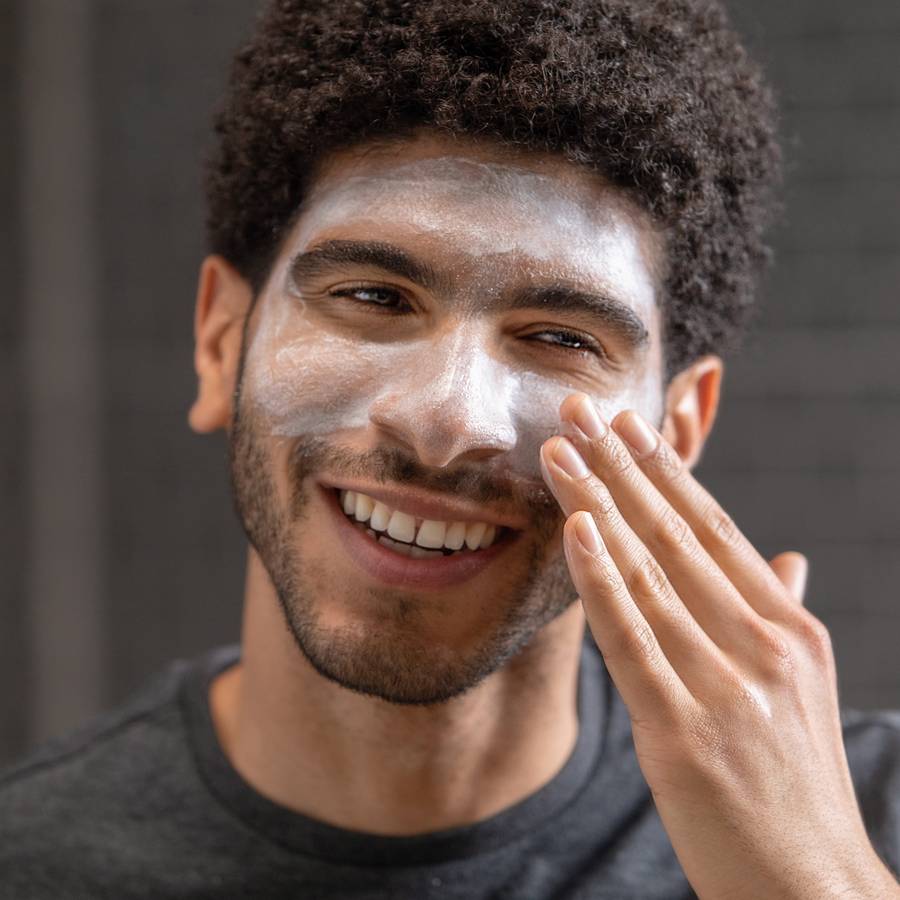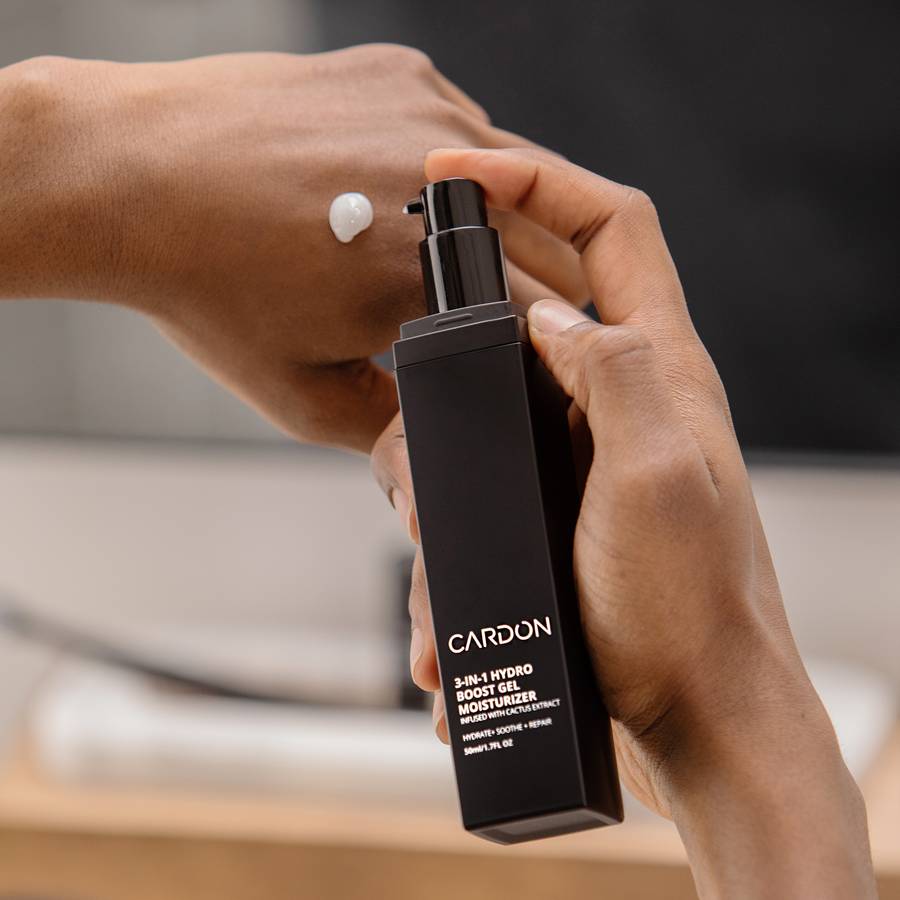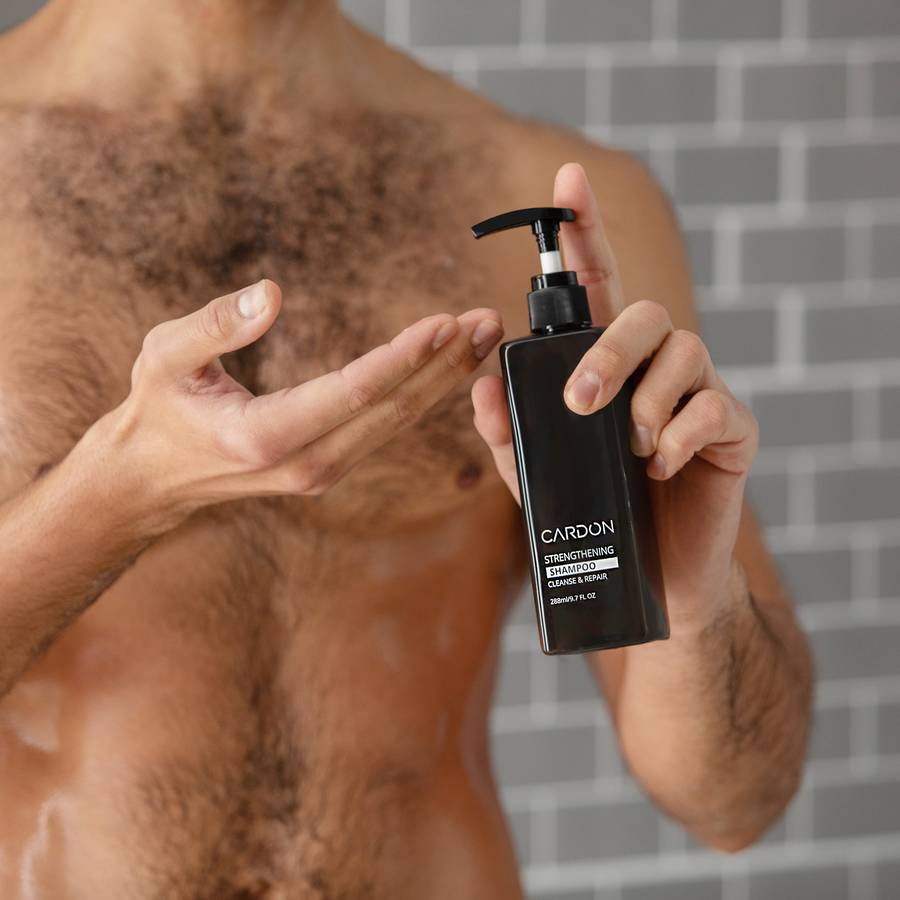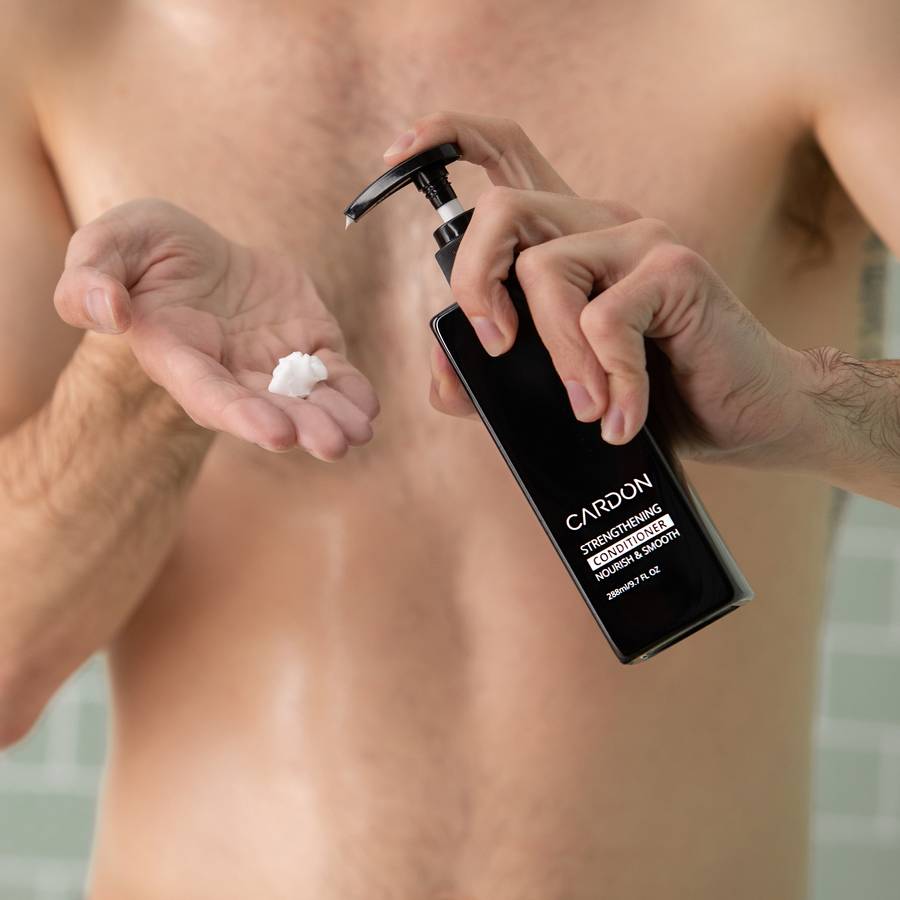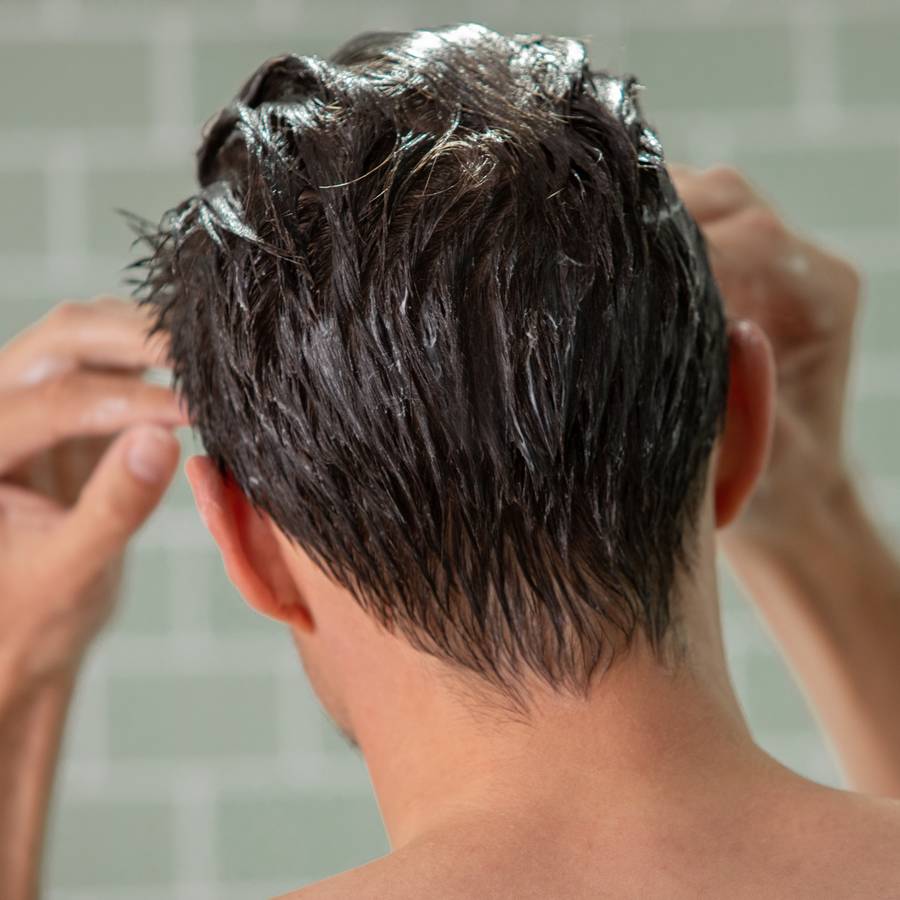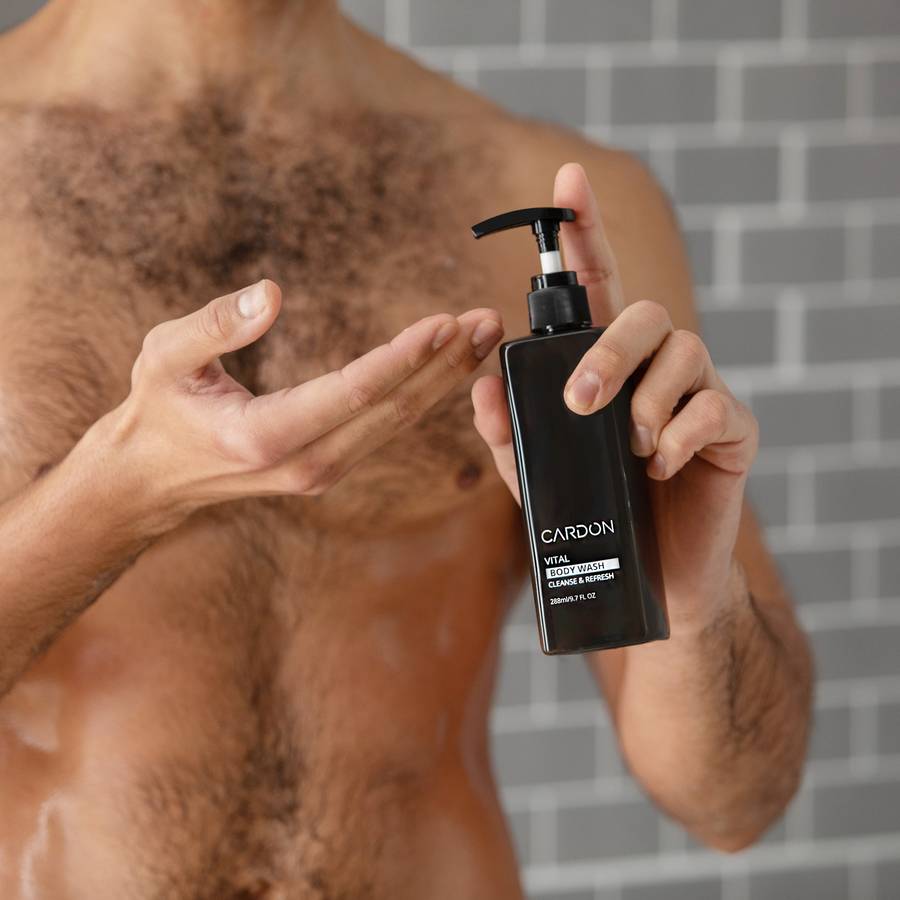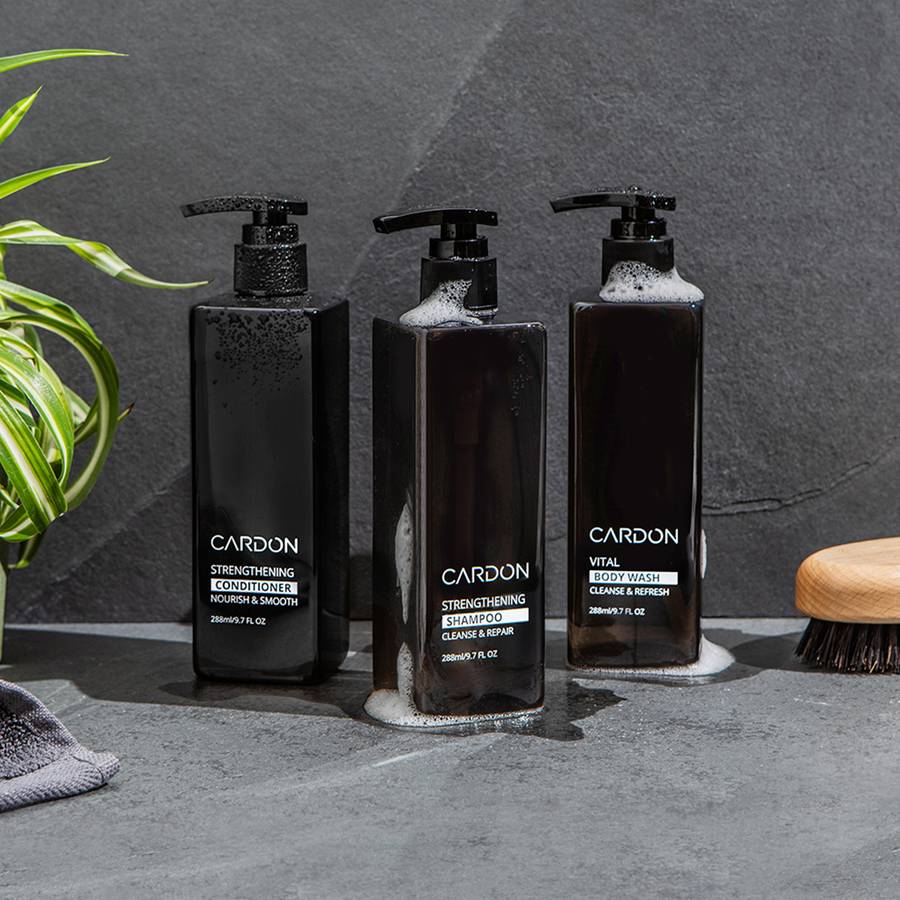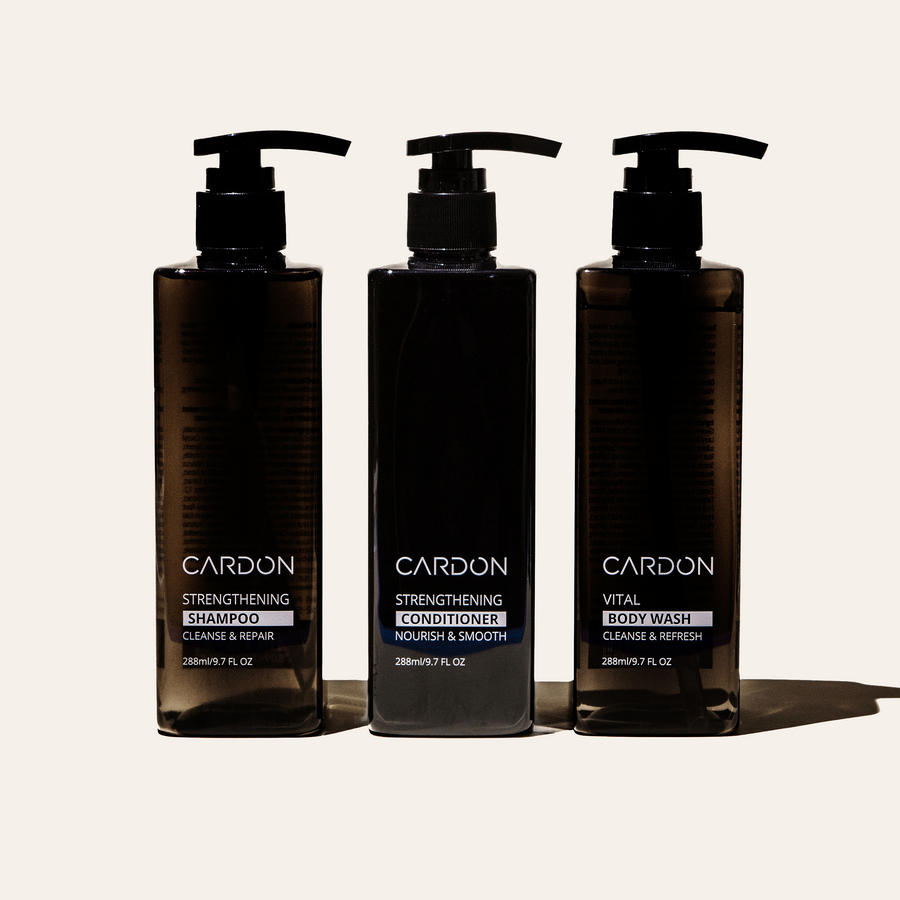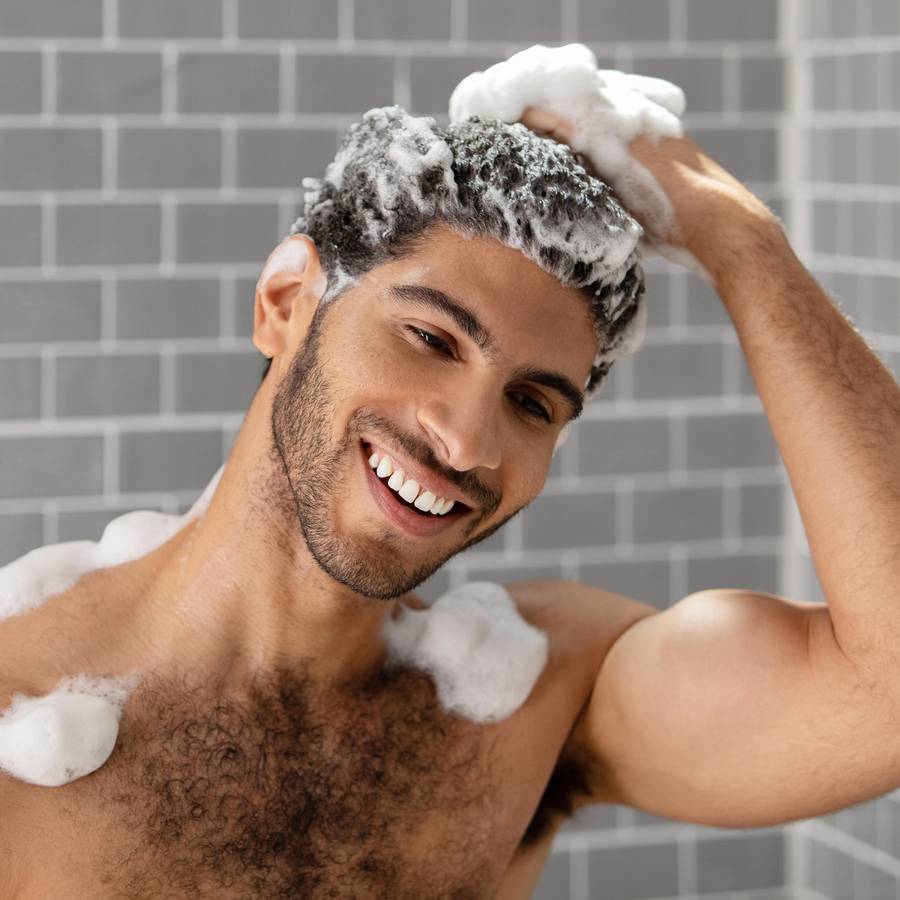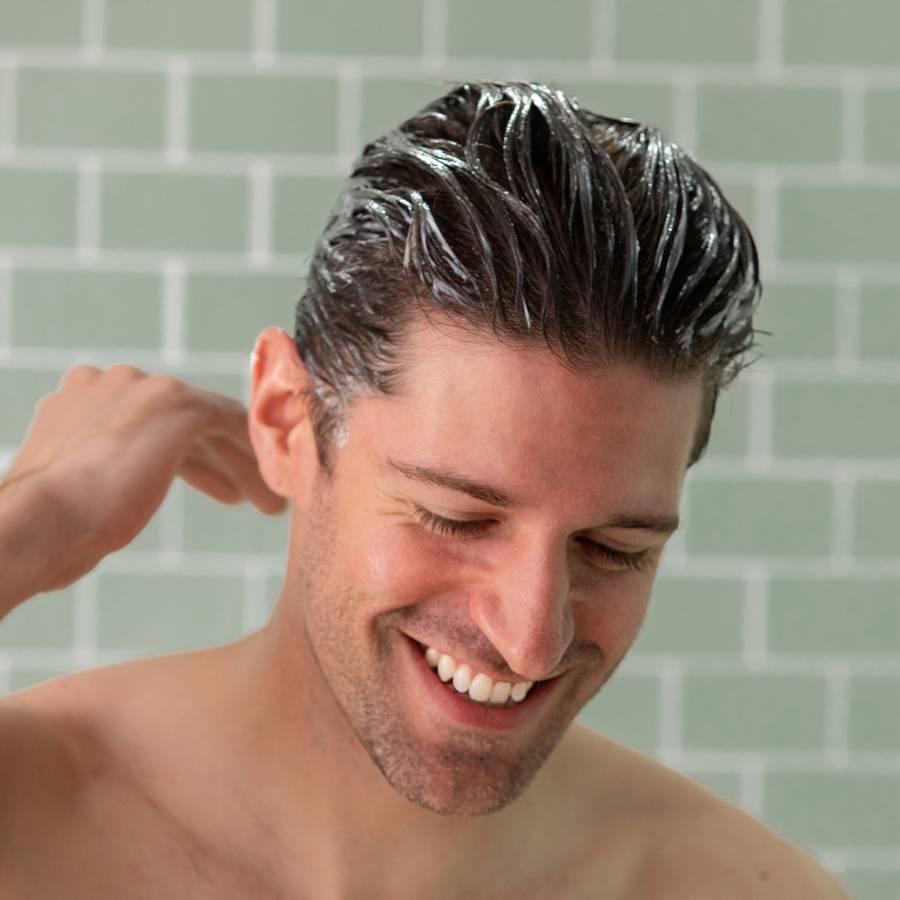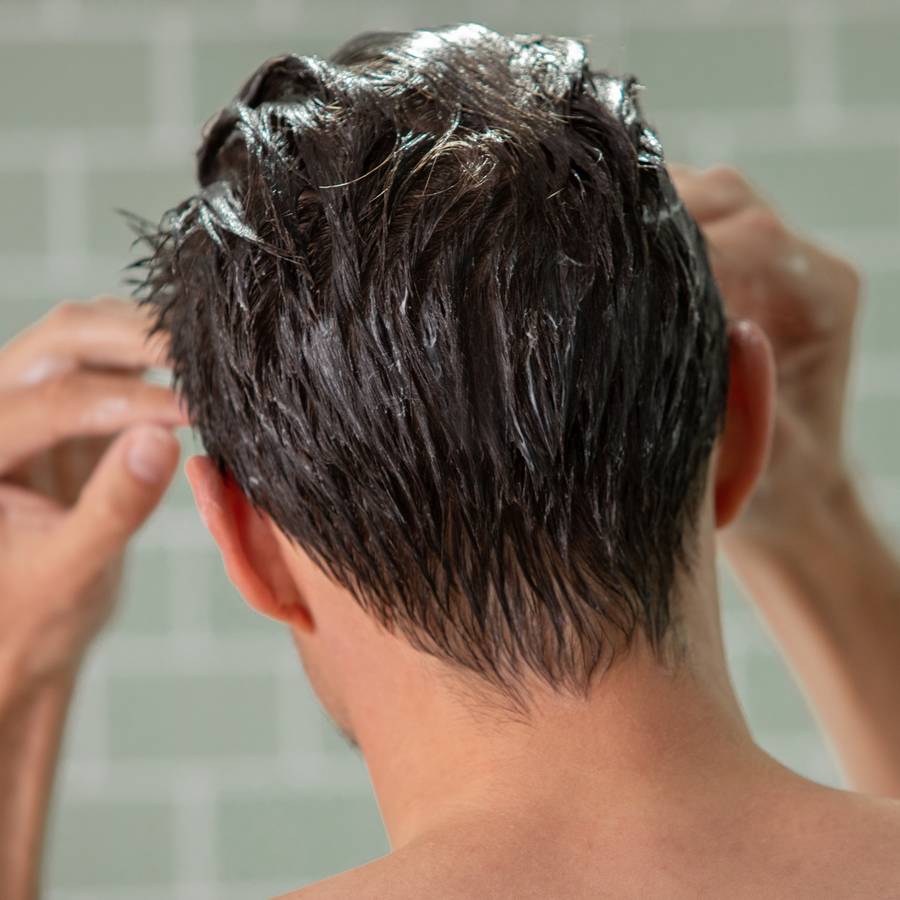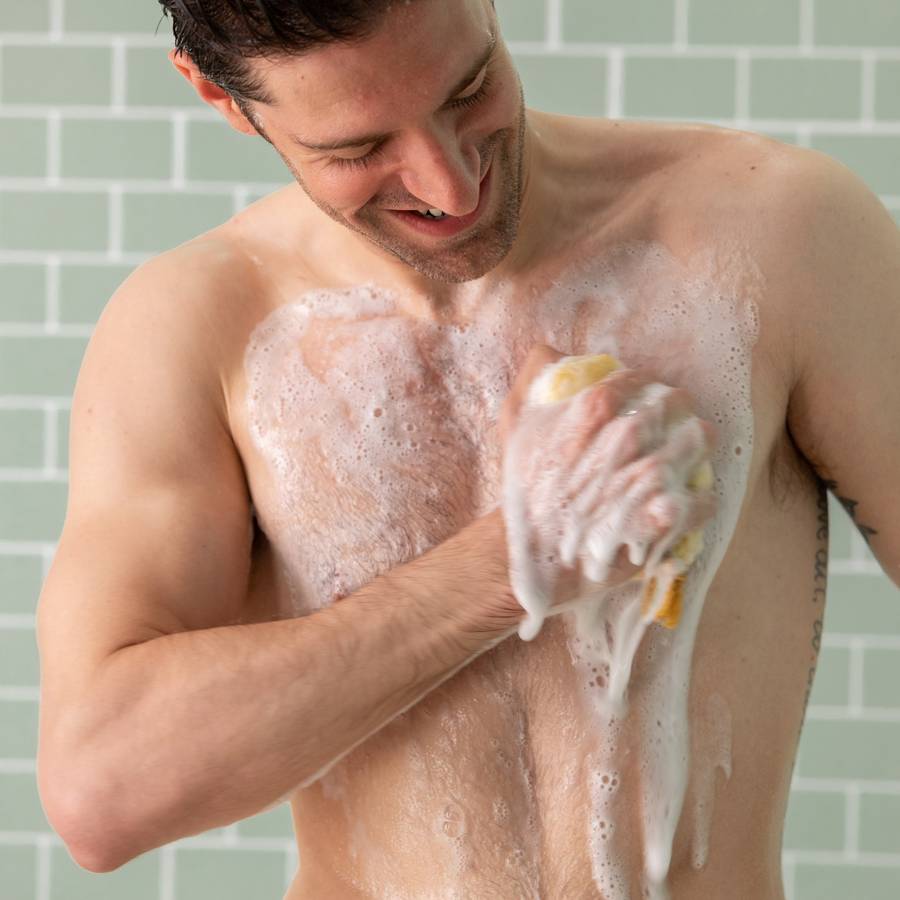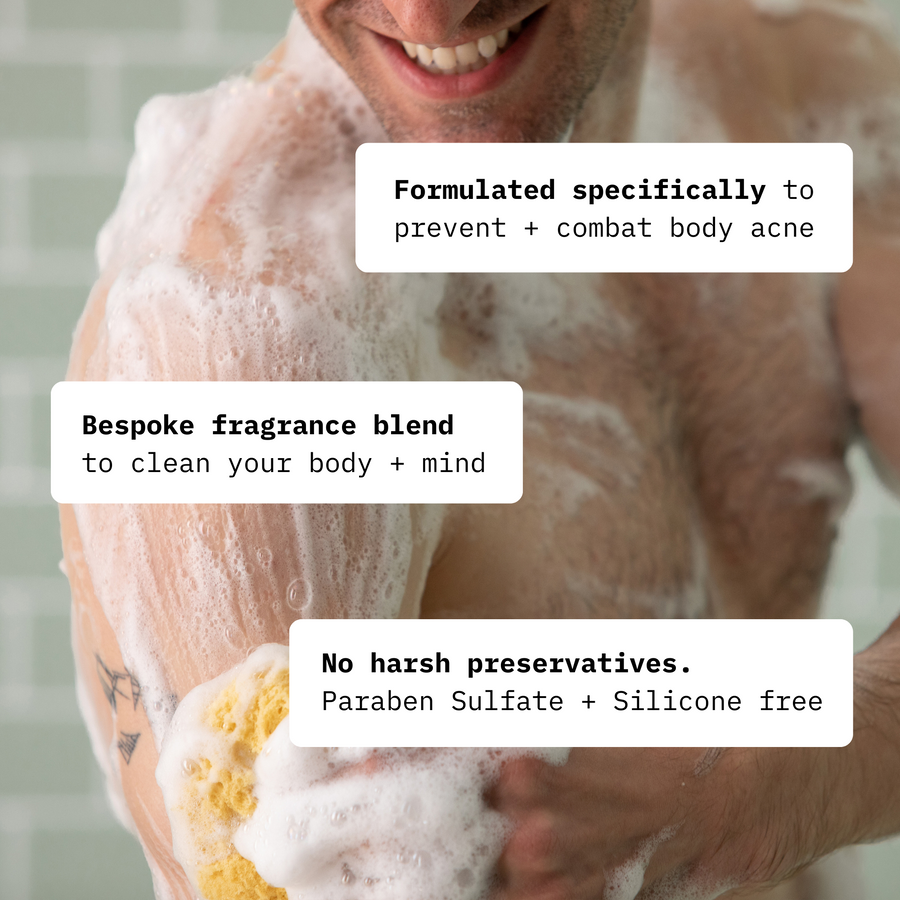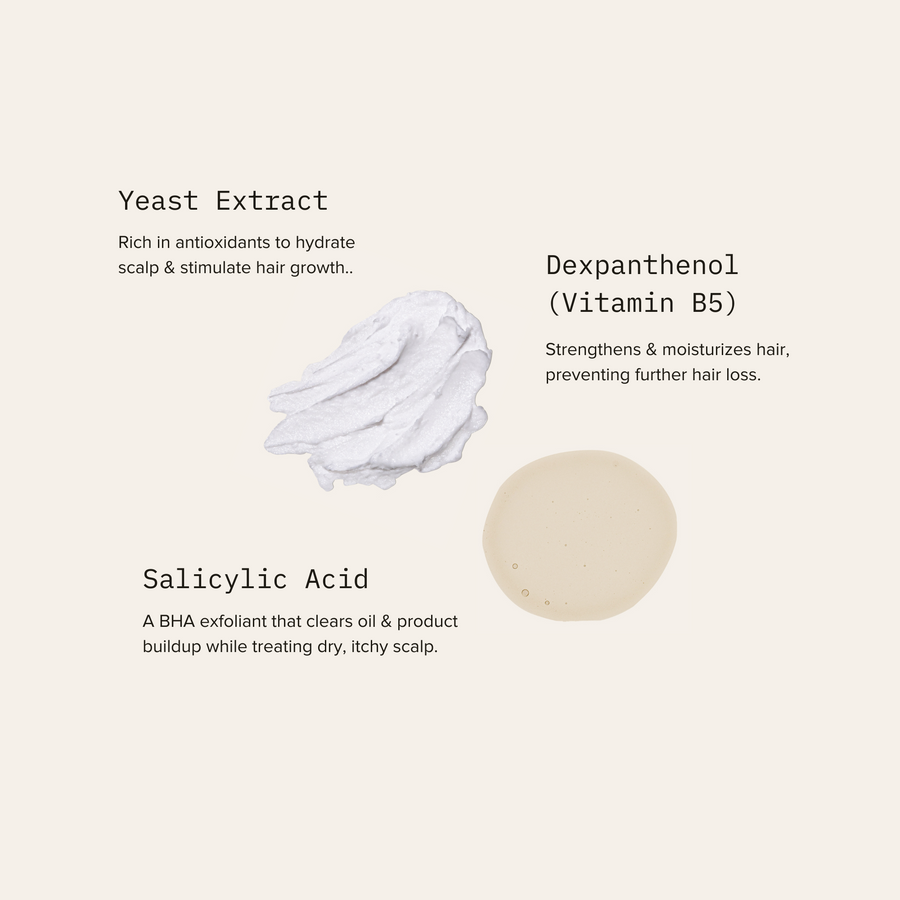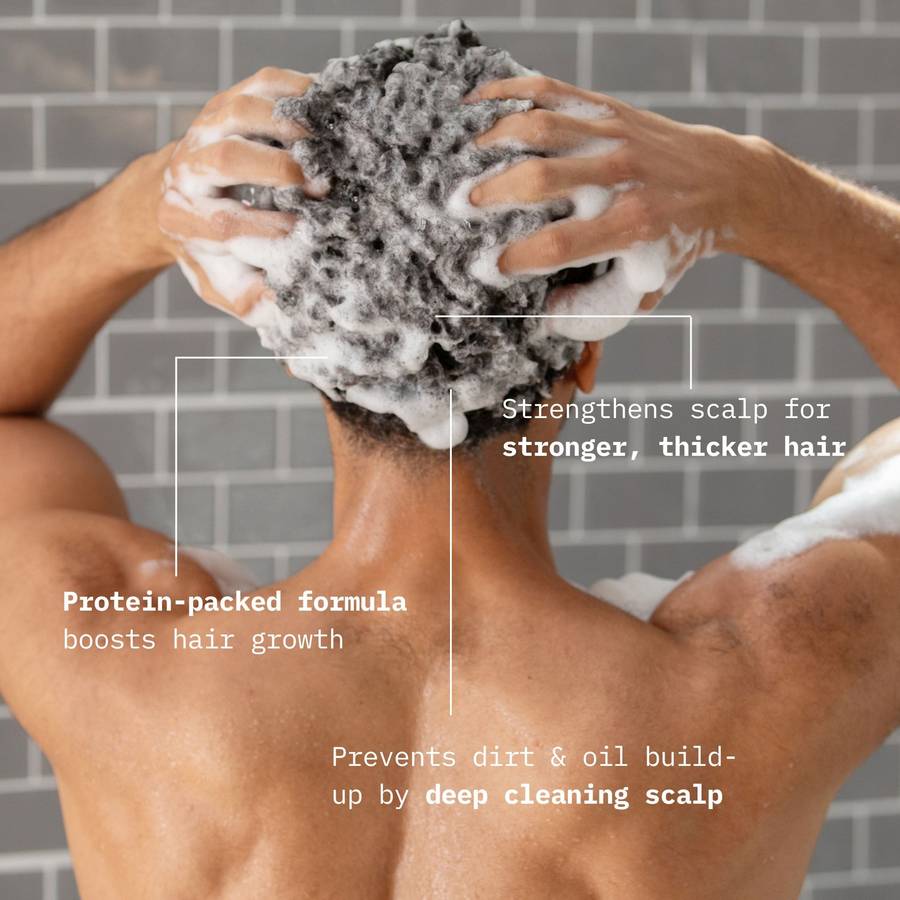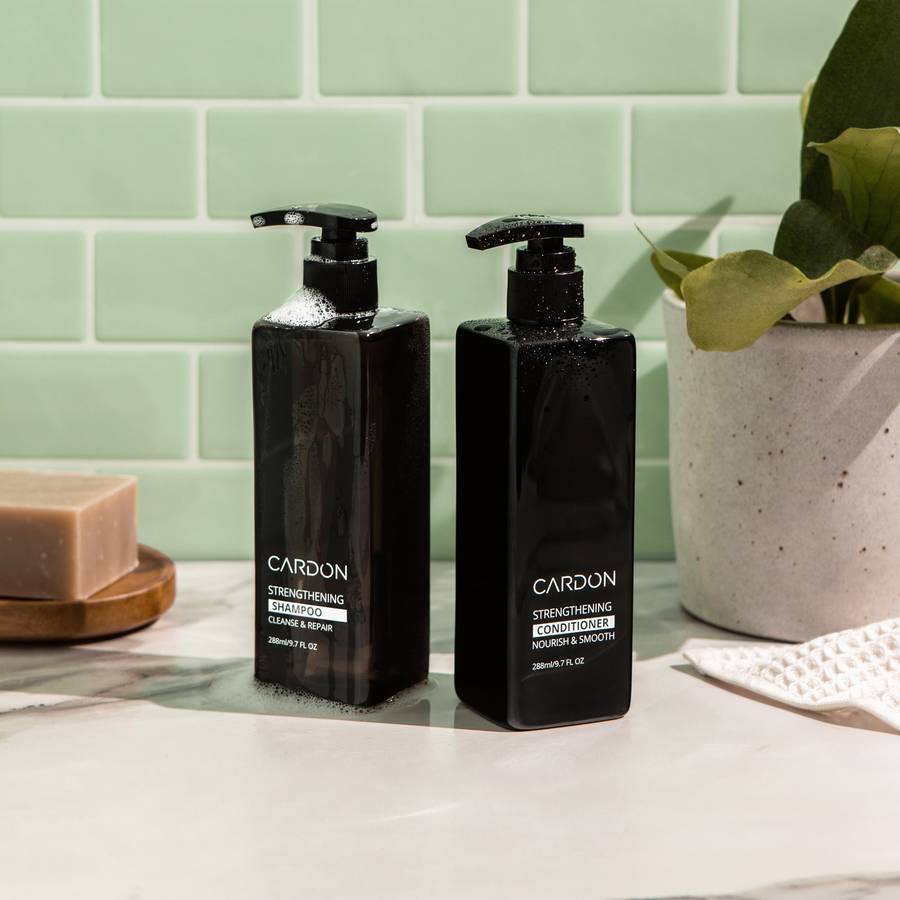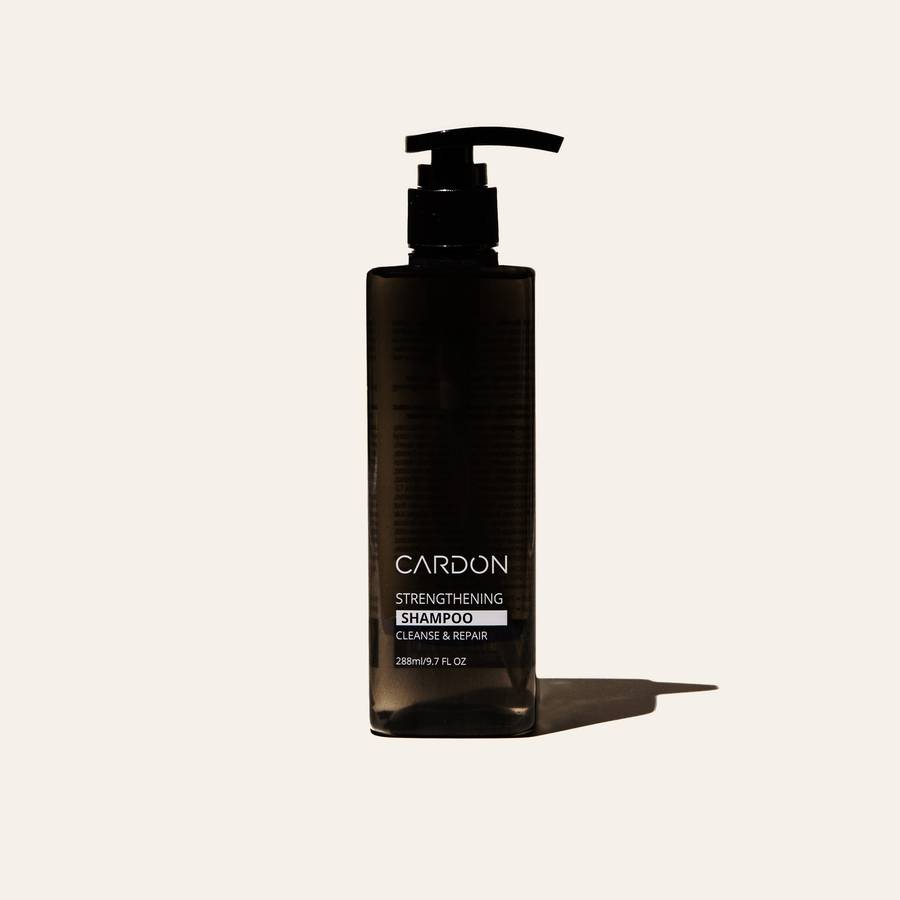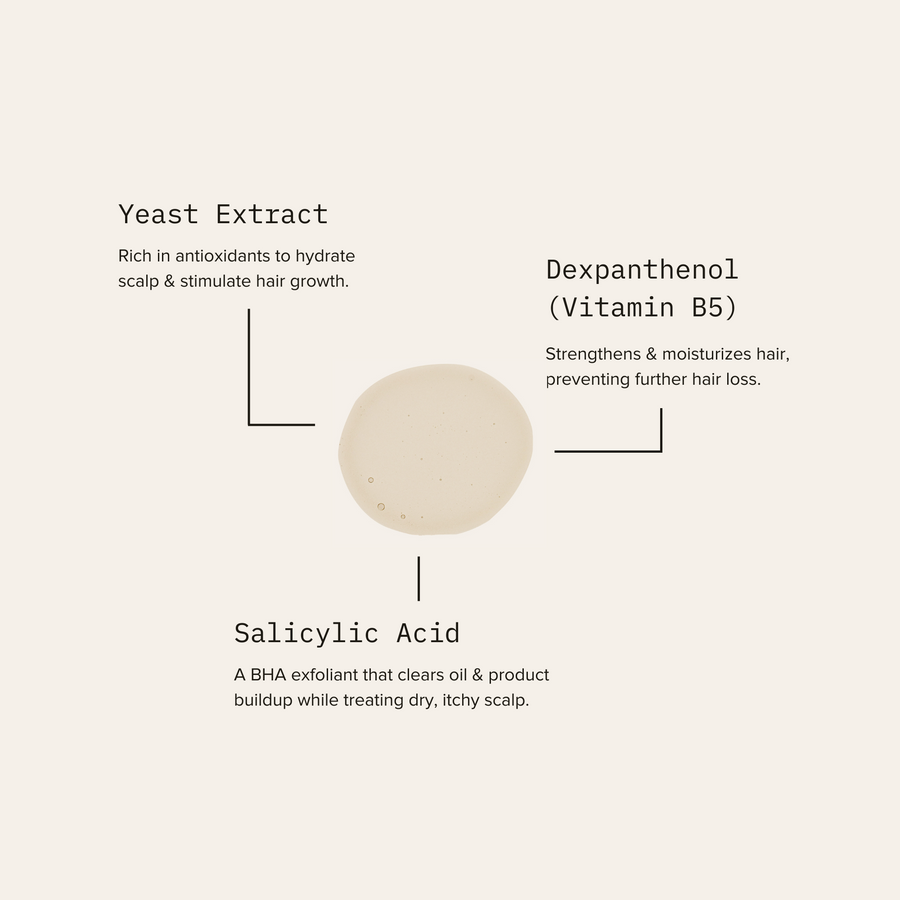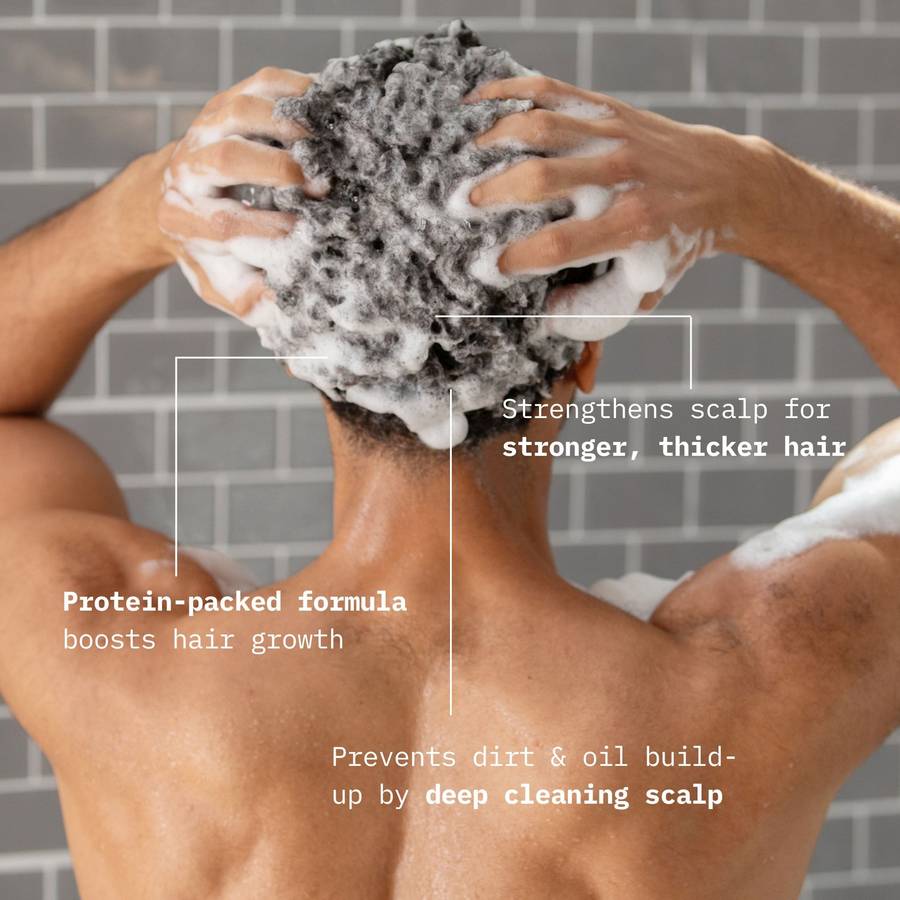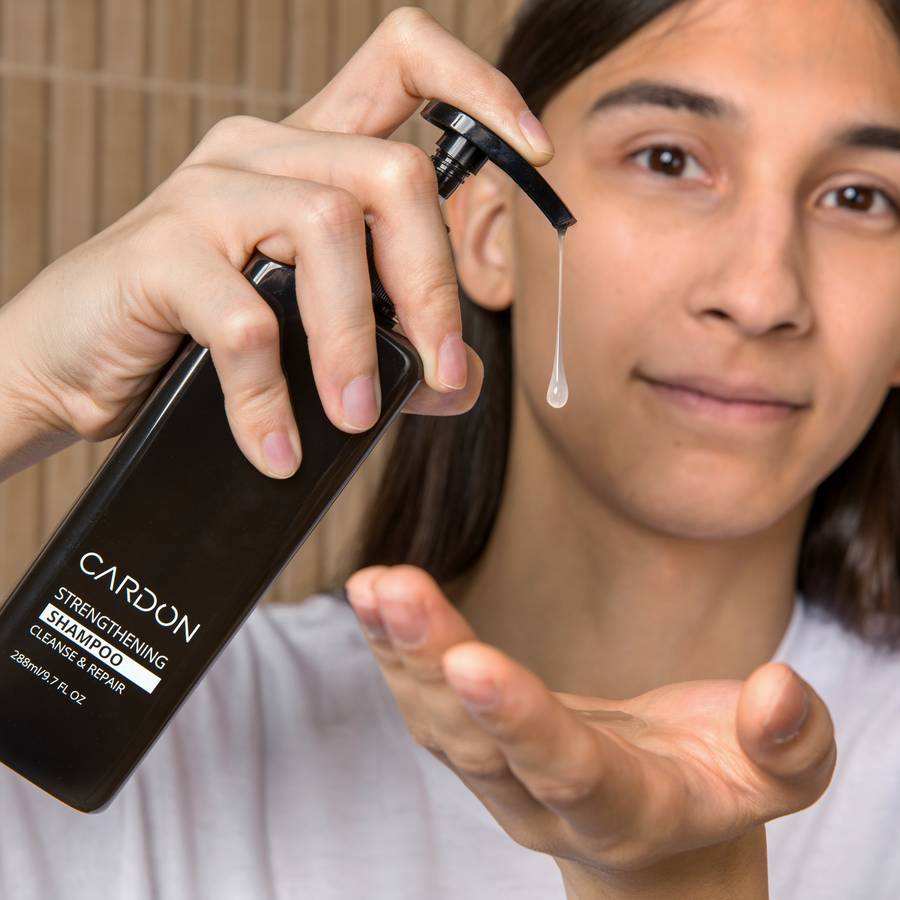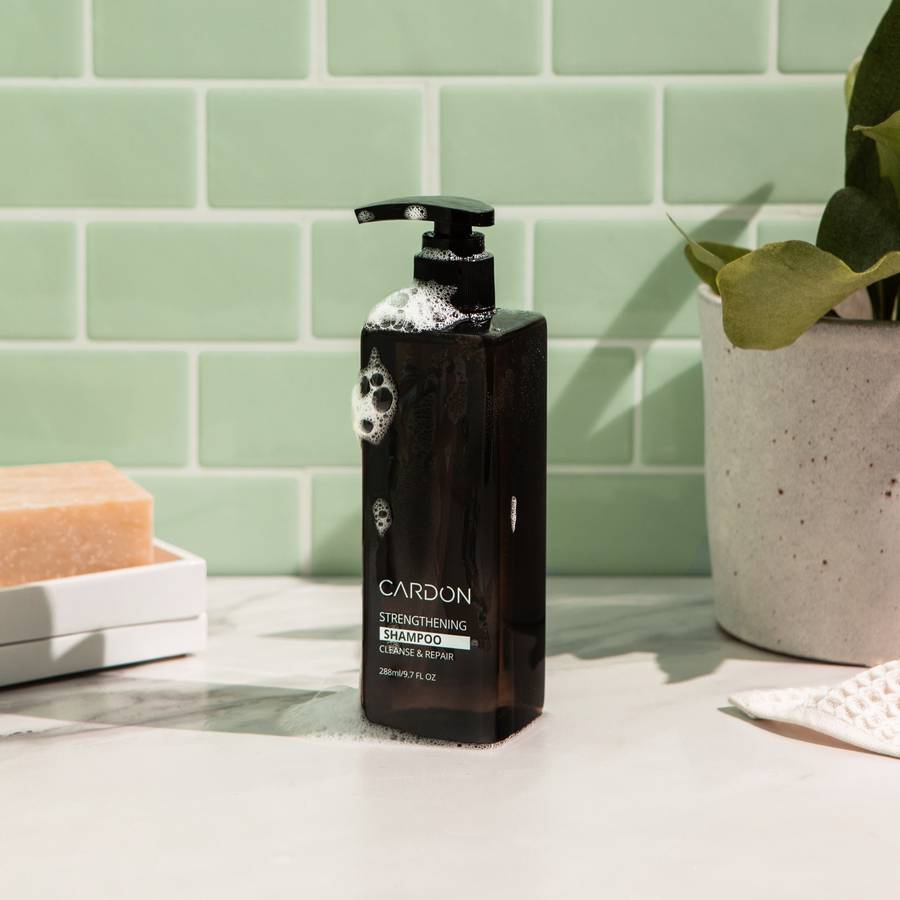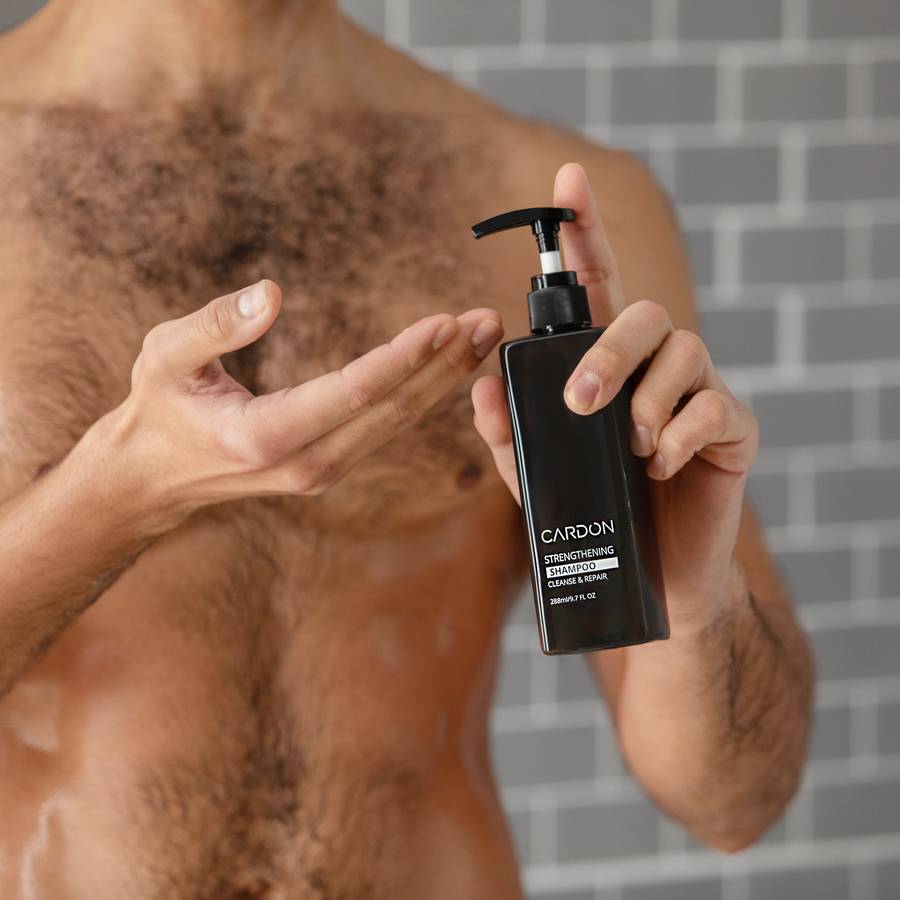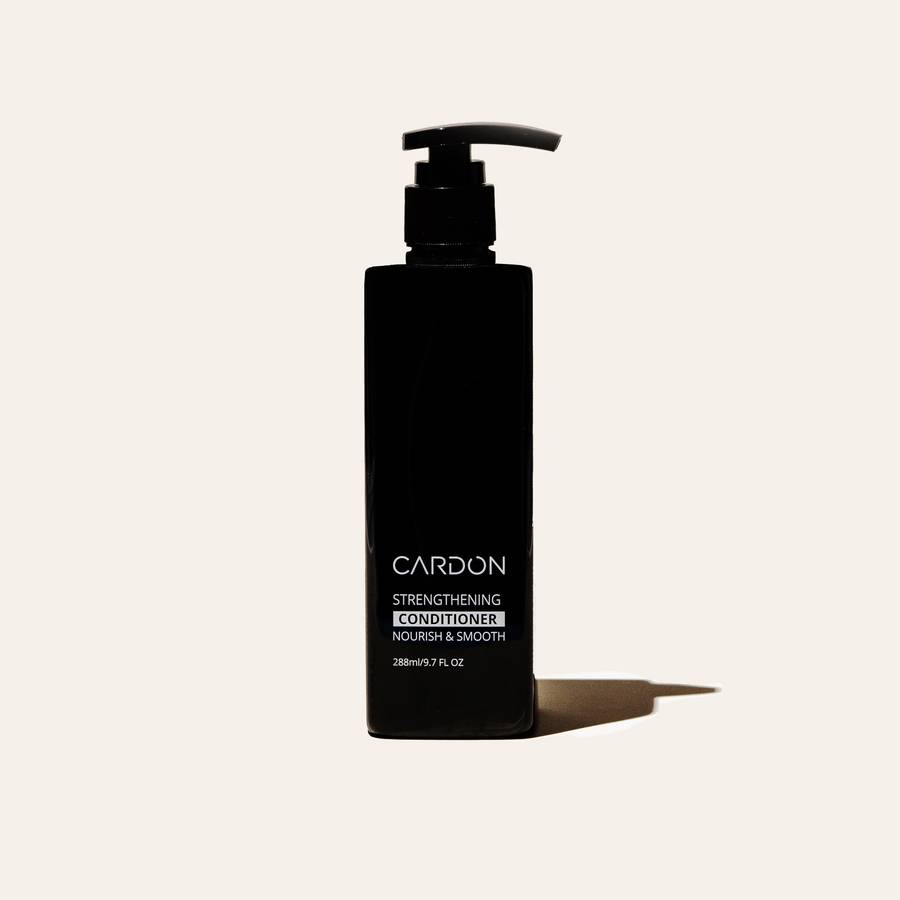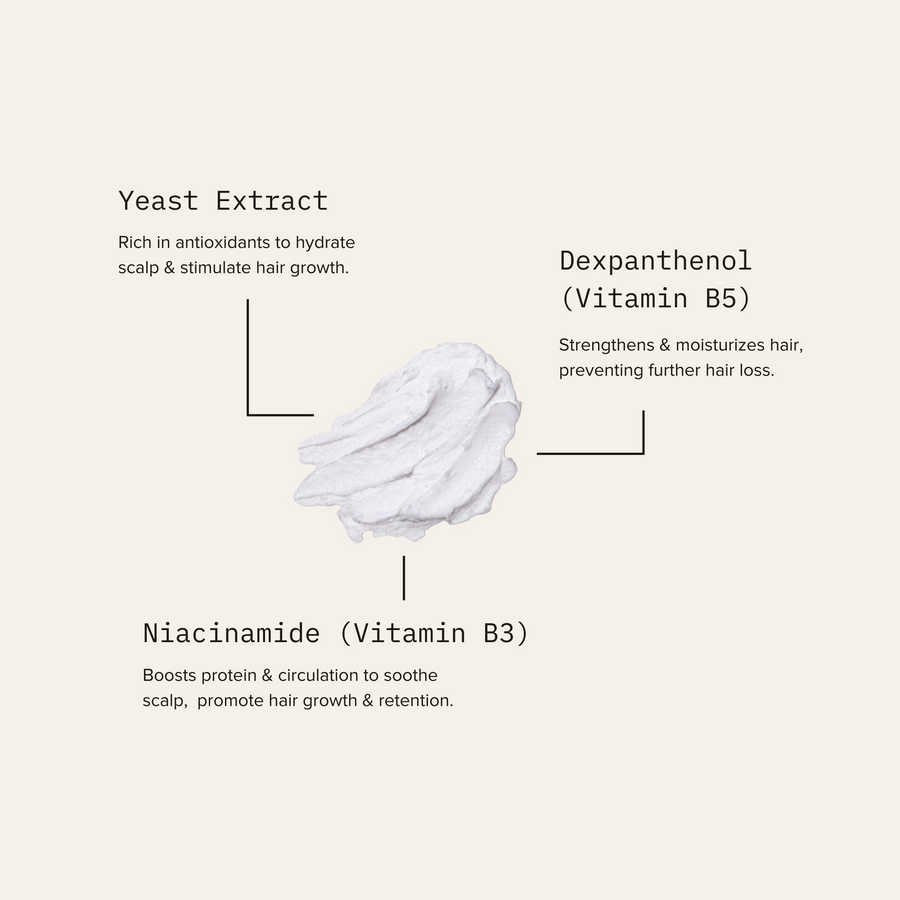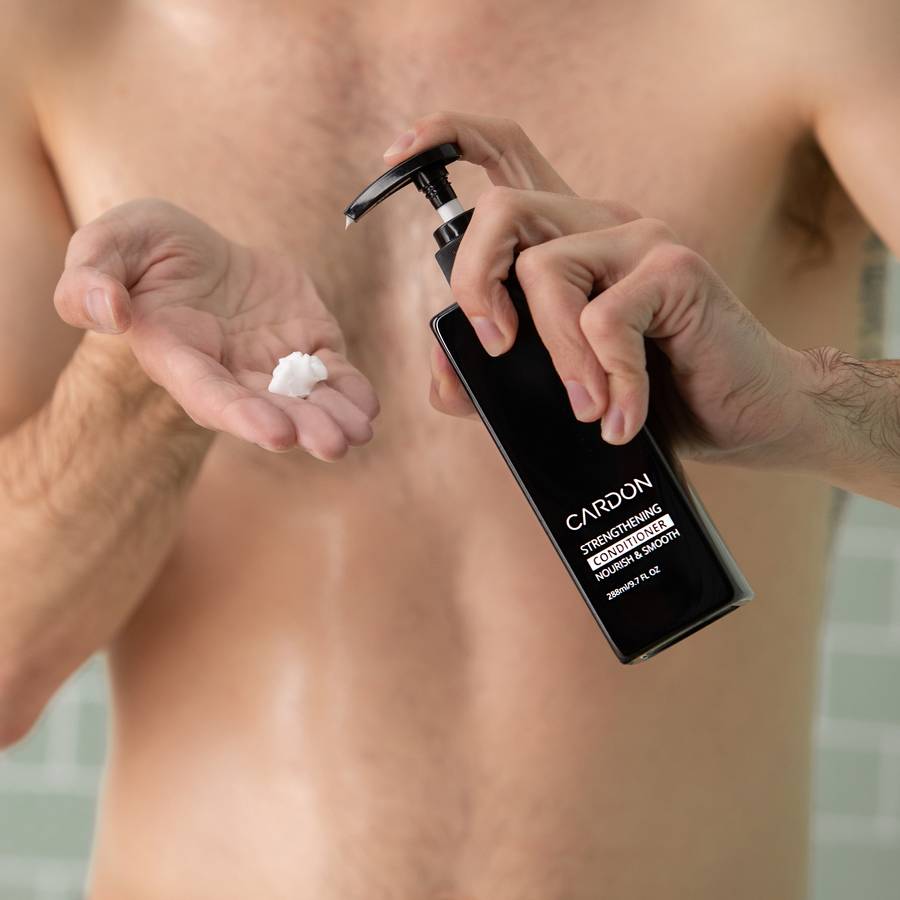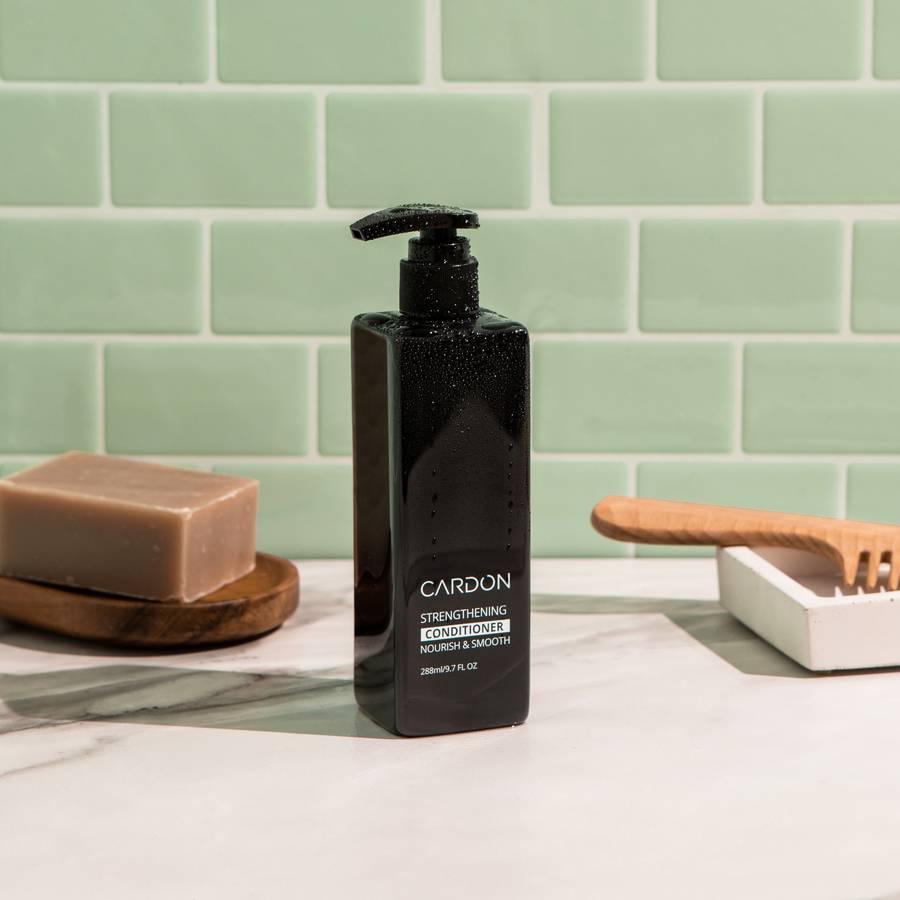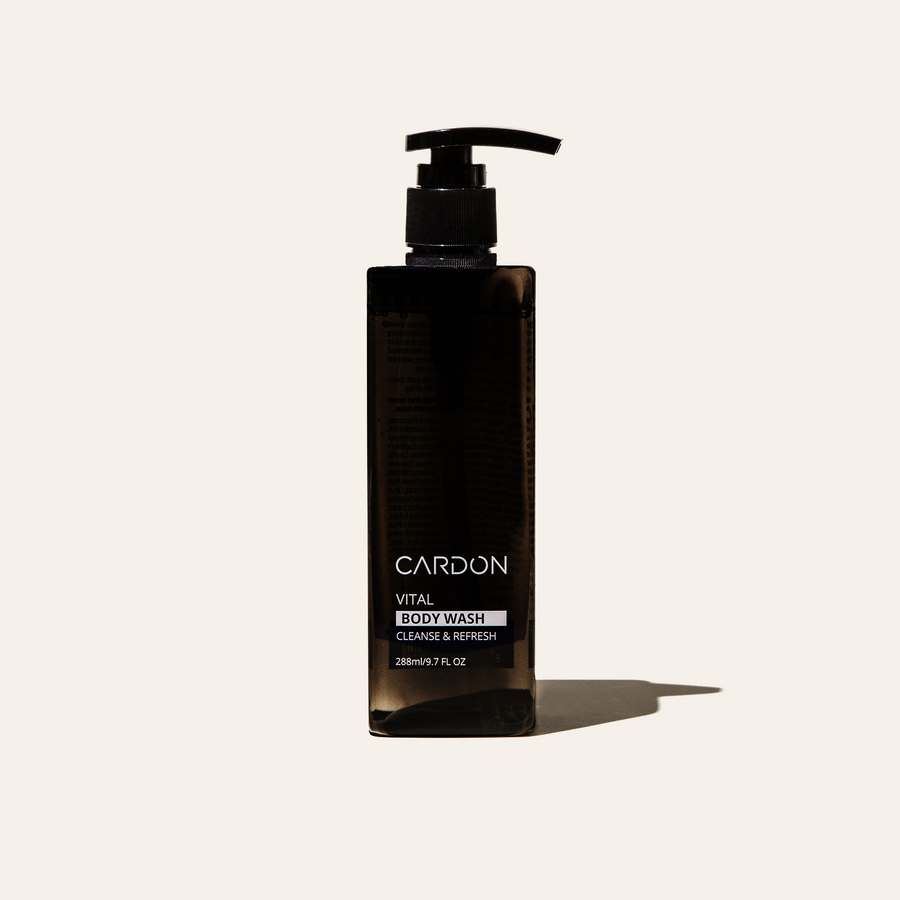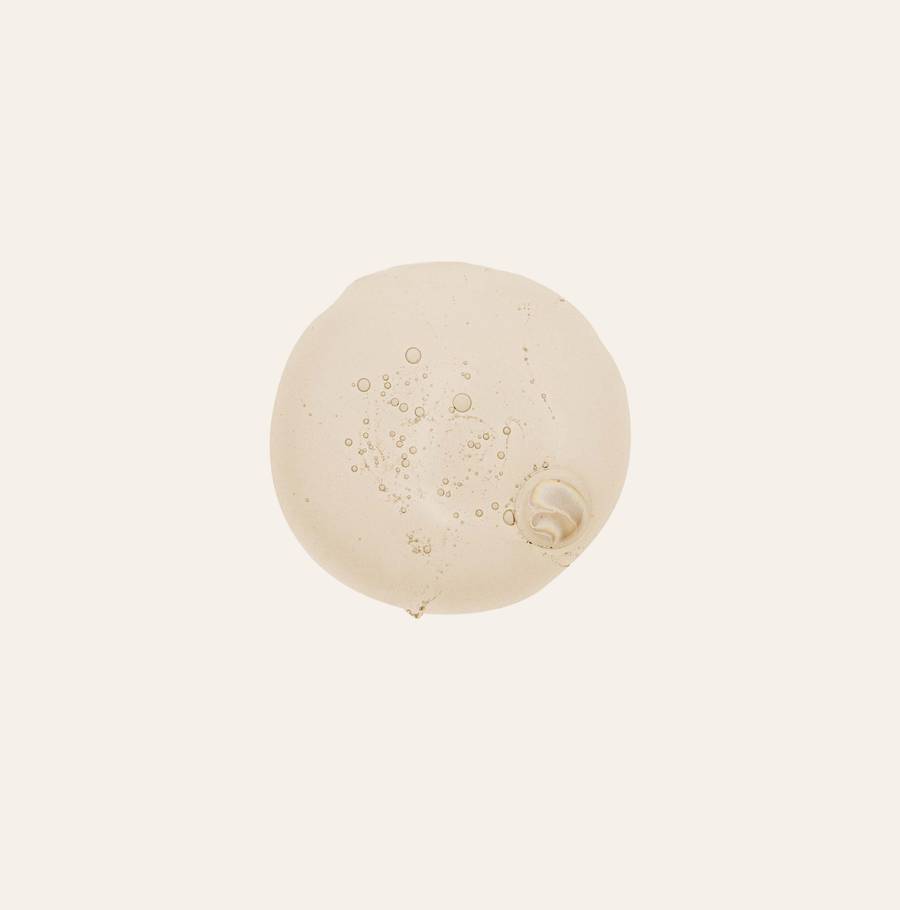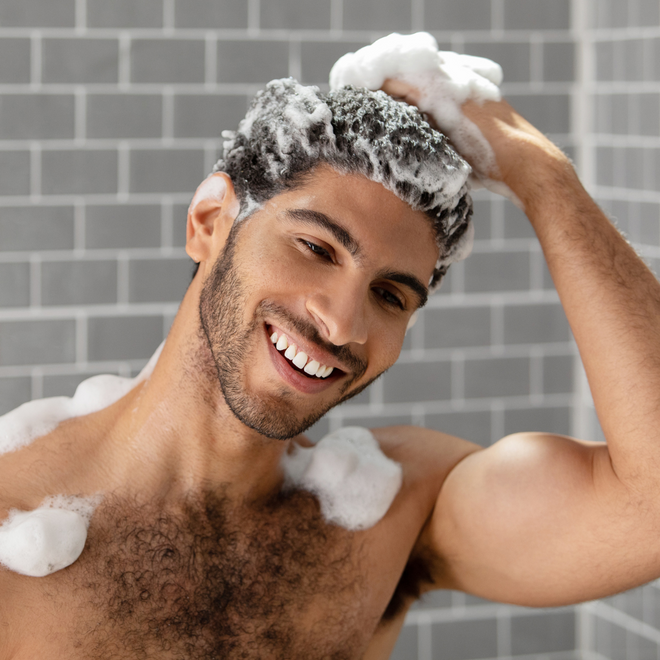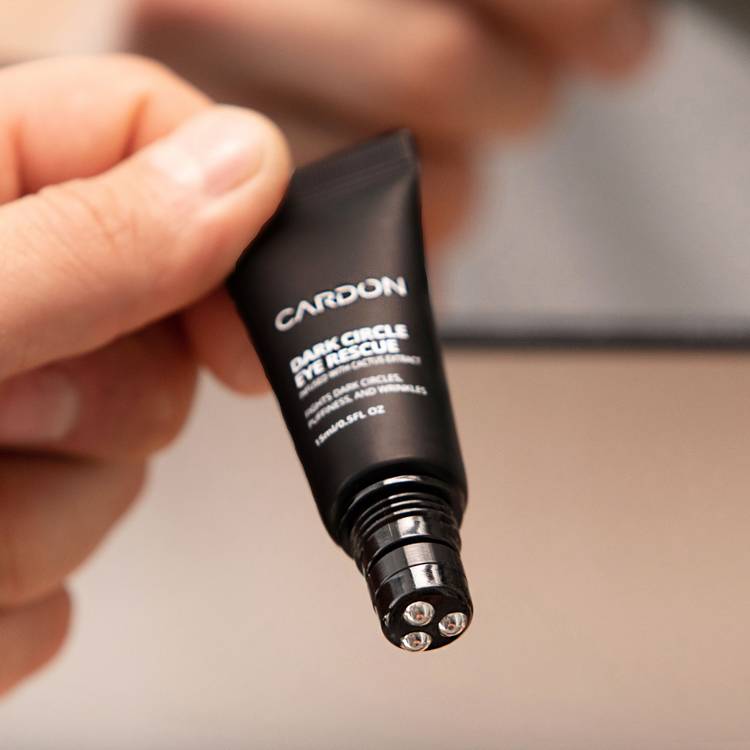The Optimal Shower Regimen
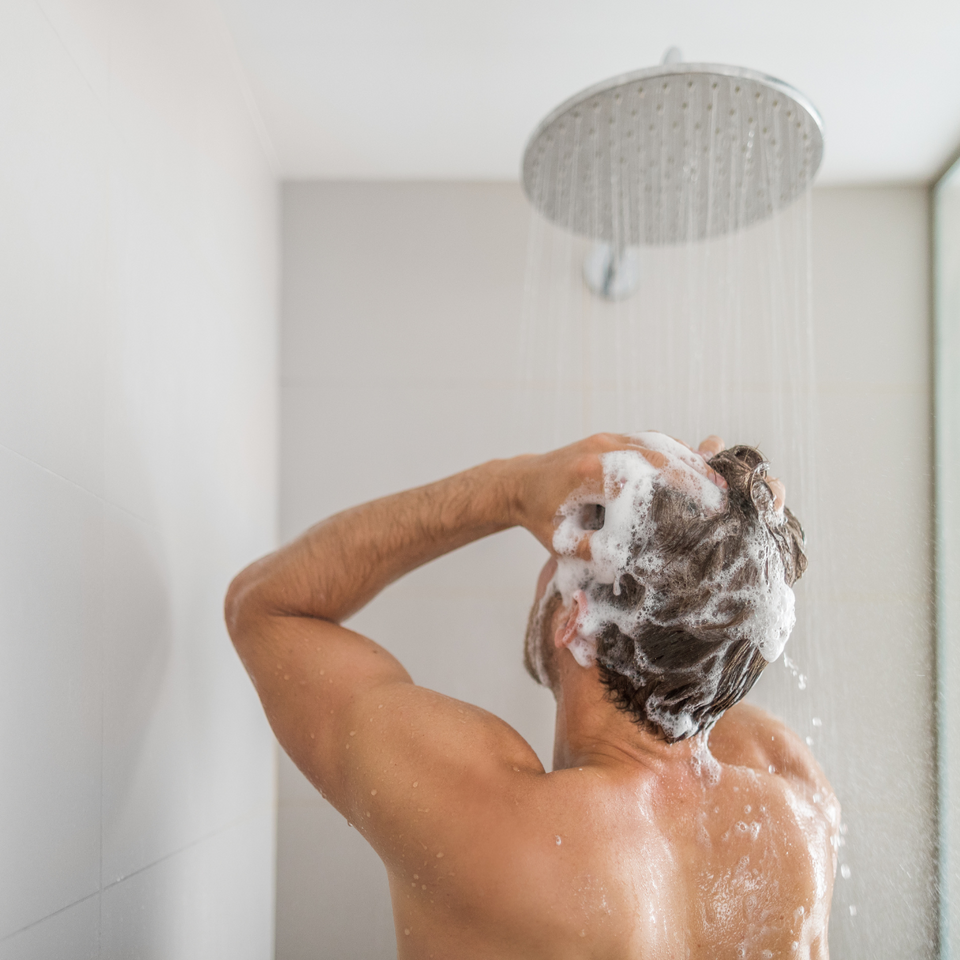
Showering daily is a must, but your efforts are washed out if you don’t know how to shower properly. No, we’re not suggesting that you never got your showerer’s license (if there was such a thing), but rather than most people have never actually been walked through a smart shower routine. There is an order to things, and reason for maintaining some structure while bathing.
If you’re still thinking “impossible, my showers are perfect as is”, then we hope you’ll at least scroll through our tips—maybe there’s one thing you could be doing slightly differently. And, if you’re thinking “maybe there’s one or five things I could be doing slightly differently”, then, well, keep reading, because you’re in the right place.

9 Tips for an Optimal Shower
1. Shampoo 2-3 times weekly
You probably don’t need to shampoo every day. Even if you have an oily scalp, a simple daily rinse (on the in-between wash days) will keep hair from getting too greasy. Most hair styling products these days are water soluble, so they’ll rinse away clean. The less frequent use will also prevent the head and hair from getting too dry, too. That being said, you should still cleanse the hair and scalp regularly, and every second or third day is optimal.
Choose a nourishing shampoo for this—something that promises to support scalp health in addition to hair vitality. Cardon’s Strengthening Shampoo has a vitamin-rich and protein-packed formula (fueled by niacinamide and yeast) to create optimal hair-growth conditions all around the dome.
2. Condition after shampooing, and sometimes on “off days”
Every time you wash your hair and scalp, you should follow it with a conditioner, to pump nutrients and moisture back into the strands, and to further fortify the scalp. Conditioners don’t build latehrs quite like shampoo, so you’ll want to carefully massage it into damp hair in order to distribute properly. Let it set for a couple minutes, to fully revive the hairs. (Compared to skincare, think of shampoo like a powerful cleanser and conditioner like a frequent moisturizer.)
You can also use conditioner on the in-between shampoo days, while rinsing. This can help flush away excess sebum and grime while further fortifying the strands (especially during colder, drier months or after sleeping in an air-conditioned room).


Check out Cardon’s Strengthening Conditioner.
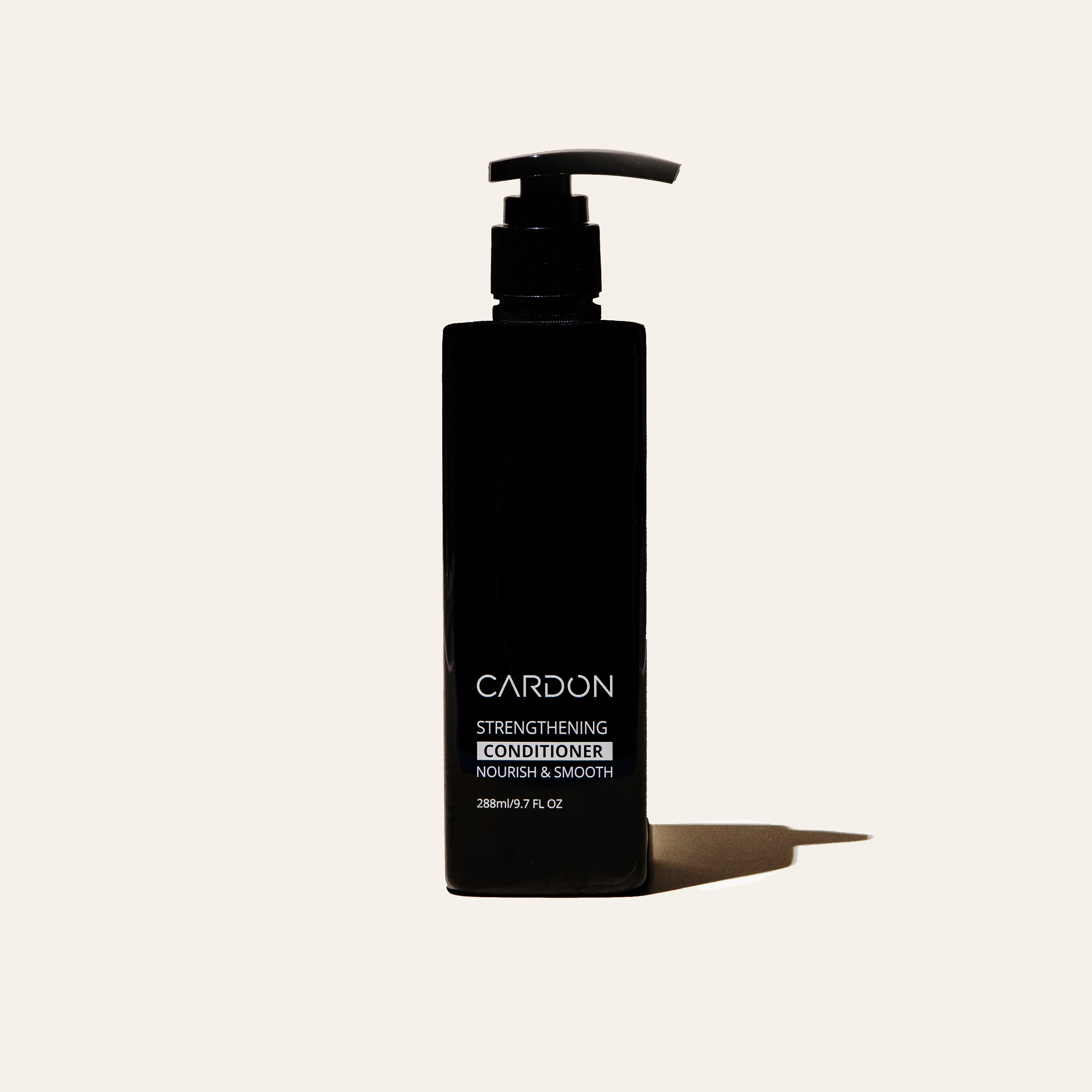
Hair Thickening + Strengthening Conditioner
$20.00
3. Wash and condition hair first
Since you need to let the conditioner set for a couple minutes, do yourself a favor and wash your hair first thing in the shower (if it’s a wash day). Follow with the conditioner, then let it set while you wash your face and body. This way, you won’t hastily rinse it out at the end of the shower, like if you had saved it for the last step.
4. Take shorter, cooler showers
Hot water dries out your skin and hair, by stripping it of all of its natural oils. Ditto for water in general; for these reasons, limiting your showers to 5-8 minutes and turning the temperature down (something mild, or even on the cooler side—it doesn’t need to be cold, though; we at least want you to enjoy he shower).
5. Use hydrating cleansers only
Many bar soaps, facial cleansers, and body washes are extremely drying on the skin. So, by only washing your face and body with hydrating cleansers, you ensure that you replenish moisture and nourishment instead of stripping it all away. Cardon’s clay facial cleanser is rich in fortifying minerals, while our body wash hydrates with TKTKTKTK. Body promise a thorough cleansing without any compromise to the skin’s natural softness and moisture.


6. Cleanse twice daily, and exfoliate twice weekly
Regardless of when you prefer to shower, you need to wash your face first thing in the morning and again before bed (preceding your skincare regimen for both the day and night). If you sweat excessively during the day or need a simple refresh, it’s perfectly fine to cleanse again, so long as you use a gentle, nourishing option (like a clay cleanser or toning wipes), and follow it with a moisturizer.
It’s also important to exfoliate regularly, in order to lift or dissolve dead skin cells at the surface of the skin. This prevents clogged pores and promotes smoother, brighter, firmer, more youthful complexion, too, since it accelerates cellular turnover and brings the healthiest, younger cells to the surface. How you choose to exfoliate is up to you—with a physical, gritty product or device, or with a chemical “peeling” option. Just don’t do it more than directed (which is probably every few days), to prevent irritating skin from over-exfoliation. Only exfoliate after cleansing, or simultaneously if the cleanser offers dual benefits.


7. Filter hard water, if needed and able
If your shower has hard water, it can be detrimental to your skin and hair health. You should know, based on whether it leaves mineral deposits on your walls and products, or a simple Google search regarding your city’s water supply. Hard water can leave a film on the hair strands, hindering the penetration by moisture and nutrients. It can also severely dry out the skin (including the scalp). For this reason, it’s wise to install a simple shower-head hard-water filter, if your shower allows. (It’ll take some investigating, as to whether or not the shower head screws off and can be extended with a grenade-like mineral filter.) Once installed, be sure to swap out the filter every six months in order to keep it working efficiently and effectively. (In addition to salvaging your skin and hair, you’ll save lots of time on washing residue off the glass, porcelain, and tiles.)
8. Pat hair dry, or use microfiber towels
Rubbing a towel through your hair can cause frizzing, breakage, and accelerated hair fall. For this reason, it’s important to dry the hair with a patting method, or to swap in a gentle microfiber towel, which will absorb the hair’s moisture much more quickly, and in turn ensure better hair days for months to come.
9. Wash towels and bath mats weekly
If you keep reusing the same towel, then you run the risk of bacterial accumulation. Imagine that dirty towel being rubbed all over your freshly cleansed face and body; immediately you’ve got an increased risk for acne (and immediately after cleansing, no less). So, just as you (should) wash pillow cases weekly, add your shower/bath towels to the same load, and toss in your hand towels and floor mats for the same reason (to again combat acne, and pedi-maladies like athlete’s foot).
Shop the collection

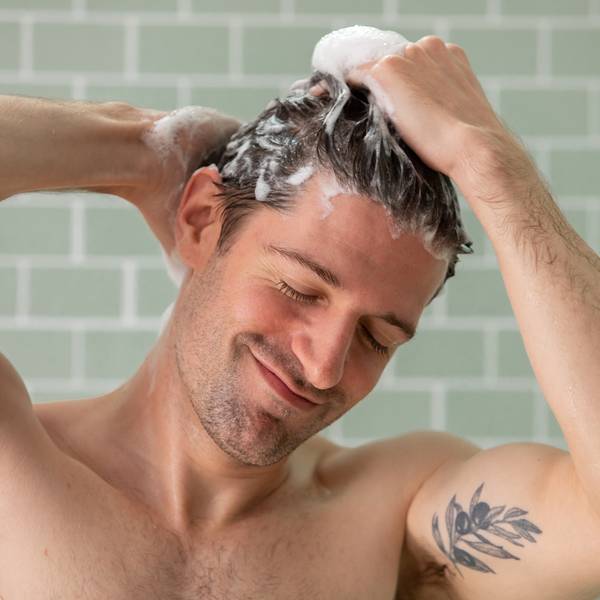
NEW
NEW
Cleanse + Refresh Set
good for:
Hit refresh! The Cleanse + Refresh Set gives you the ultimate cleanse from head to toe with highly-effective skincare-grade formulas. Strengthening Shampoo boosts hair volume, Vital Body Wash fights dryness and breakouts, and Purifying Clay Cleanser keeps your skin clear and balanced. It's the perfect set for a fresh, confident look every day!
Pro tip: Use Purifying Clay Cleanser as a spot treatment for pimples or pore-clearing clay mask. Apply to the affected area or the full face and rinse off after 10 minutes.
Includes Steps:
- 01 Purifying Clay Cleanser
- 02 Hair Thickening + Strengthening Shampoo
- 03 Vital Body Wash
Never go empty! Subscribe + Save 10%
Cleanse + Refresh Set
good for:
Hit refresh! The Cleanse + Refresh Set gives you the ultimate cleanse from head to toe with highly-effective skincare-grade formulas. Strengthening Shampoo boosts hair volume, Vital Body Wash fights dryness and breakouts, and Purifying Clay Cleanser keeps your skin clear and balanced. It's the perfect set for a fresh, confident look every day!
Pro tip: Use Purifying Clay Cleanser as a spot treatment for pimples or pore-clearing clay mask. Apply to the affected area or the full face and rinse off after 10 minutes.
Includes Steps:
- 01 Purifying Clay Cleanser
- 02 Hair Thickening + Strengthening Shampoo
- 03 Vital Body Wash
Never go empty! Subscribe + Save 10%
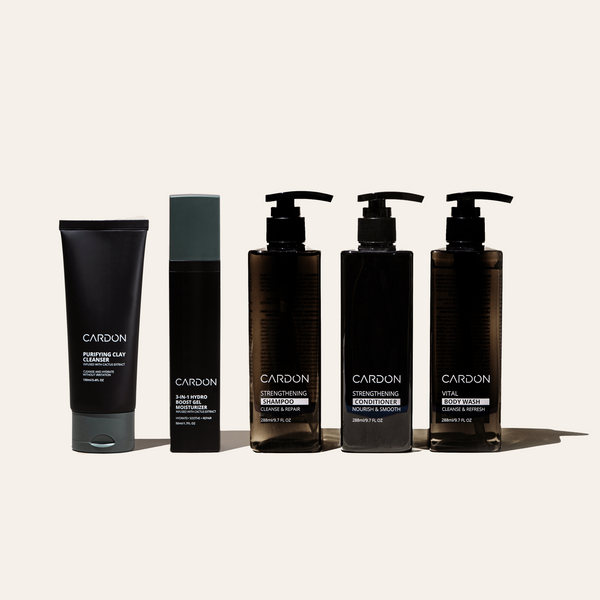
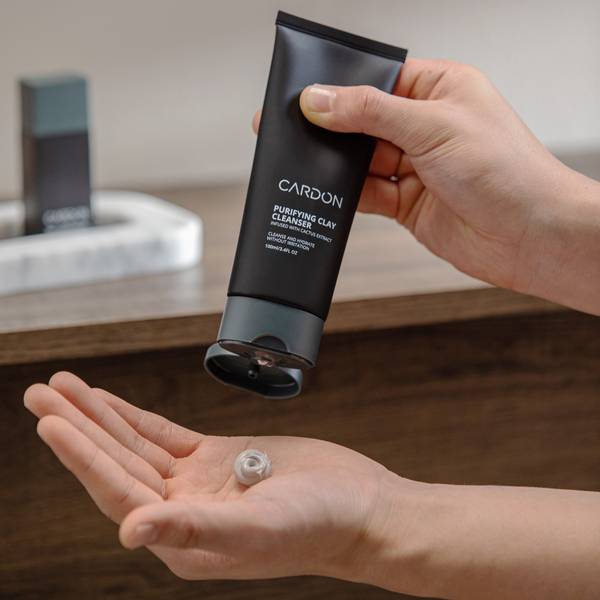
NEW
NEW
+ Hair
+ Body
Head-to-Toe Set
good for:
We've got you covered head to toe, literally. This set comes with a complete skin and hair care routine.
Includes our invigorating shampoo and conditioner to prevent hair loss, refreshing body wash to treat body acne, clay-infused face wash to deeply cleanse the face from debris, and lightweight gel moisturizer to soothe, rehydrate and repair skin while you sleep.
It's about time you treated the rest of your body as good as you treat your face.
Includes Steps:
- 01 Purifying Clay Cleanser
- 02 Hydro Boost Gel Moisturizer
- 03 Hair Thickening + Strengthening Shampoo
- 04 Hair Thickening + Strengthening Conditioner
- 05 Vital Body Wash
Never go empty! Subscribe + Save 10%
Head-to-Toe Set
good for:
We've got you covered head to toe, literally. This set comes with a complete skin and hair care routine.
Includes our invigorating shampoo and conditioner to prevent hair loss, refreshing body wash to treat body acne, clay-infused face wash to deeply cleanse the face from debris, and lightweight gel moisturizer to soothe, rehydrate and repair skin while you sleep.
It's about time you treated the rest of your body as good as you treat your face.
Includes Steps:
- 01 Purifying Clay Cleanser
- 02 Hydro Boost Gel Moisturizer
- 03 Hair Thickening + Strengthening Shampoo
- 04 Hair Thickening + Strengthening Conditioner
- 05 Vital Body Wash
Never go empty! Subscribe + Save 10%
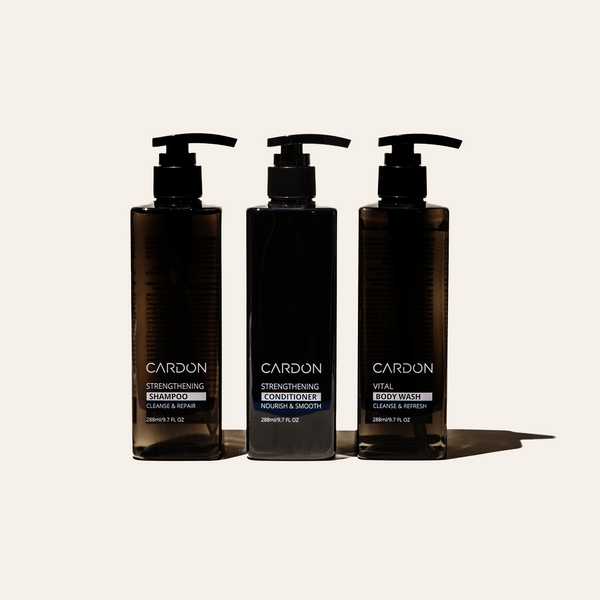
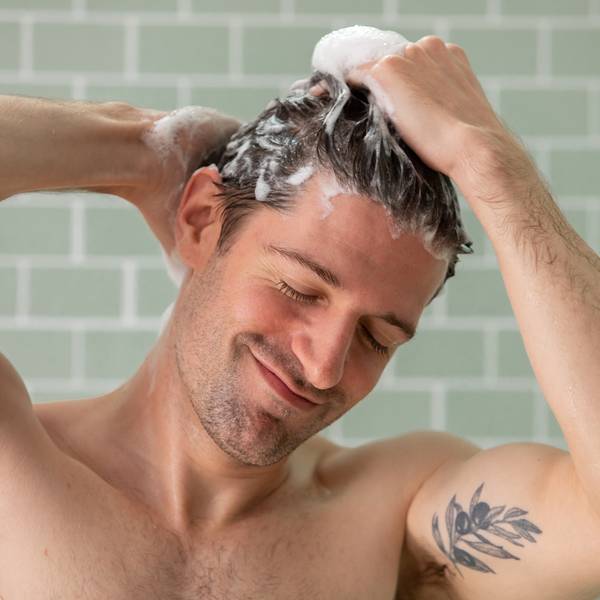
Hair + Body Shower Set
good for:
New + Improved: Same thickening formula now with biotin! The Hair + Body Shower Set has everything you need for an invigorating showertime routine, going beyond cleansing to strengthen, repair, and soothe your hair and skin. You—and your houseguests—will thank you for ditching the 3-in-1 for this trio.
*Vital Body Wash – winner of the 2022 GQ Grooming Awards
Includes Steps:
- 01 Hair Thickening + Strengthening Shampoo
- 02 Hair Thickening + Strengthening Conditioner
- 03 Vital Body Wash
Never go empty! Subscribe + Save 10%
Hair + Body Shower Set
good for:
New + Improved: Same thickening formula now with biotin! The Hair + Body Shower Set has everything you need for an invigorating showertime routine, going beyond cleansing to strengthen, repair, and soothe your hair and skin. You—and your houseguests—will thank you for ditching the 3-in-1 for this trio.
*Vital Body Wash – winner of the 2022 GQ Grooming Awards
Includes Steps:
- 01 Hair Thickening + Strengthening Shampoo
- 02 Hair Thickening + Strengthening Conditioner
- 03 Vital Body Wash
Never go empty! Subscribe + Save 10%


Hair Loss
Healthy Hair Duo
good for:
New + Improved: Same thickening formula now with biotin! Teamwork makes your hair dreams work.
Our highly-rated Hair Thickening + Strengthening Shampoo and Conditioner teams up to get to the root of hair loss, strengthening and nourishing hair starting right at the scalp. Achieve thicker, healthier follicles with the help of our protein and vitamin-packed formula.
Includes Steps:
- 01 Hair Thickening + Strengthening Shampoo
- 02 Hair Thickening + Strengthening Conditioner
Never go empty! Subscribe + Save 10%
Healthy Hair Duo
good for:
New + Improved: Same thickening formula now with biotin! Teamwork makes your hair dreams work.
Our highly-rated Hair Thickening + Strengthening Shampoo and Conditioner teams up to get to the root of hair loss, strengthening and nourishing hair starting right at the scalp. Achieve thicker, healthier follicles with the help of our protein and vitamin-packed formula.
Includes Steps:
- 01 Hair Thickening + Strengthening Shampoo
- 02 Hair Thickening + Strengthening Conditioner
Never go empty! Subscribe + Save 10%

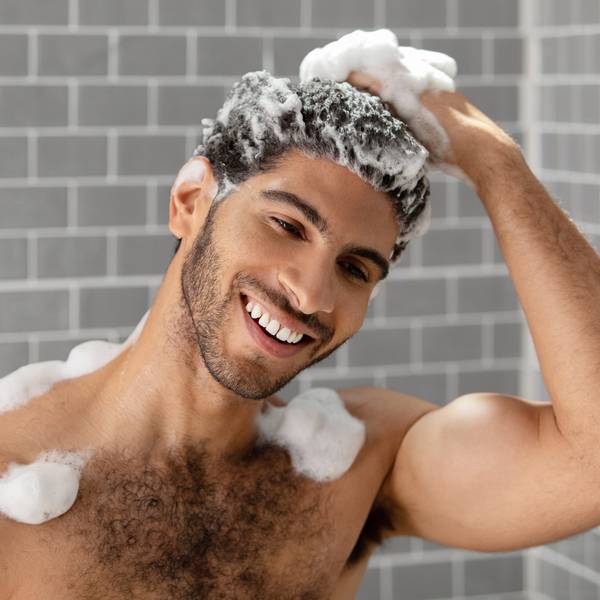
Hair Thickening + Strengthening Shampoo
good for:
New + Improved: Same thickening formula now with biotin! Stop hair loss—from receding hairlines to thinning hair—with the first step in your shower routine.
Our protein-packed Hair Thickening + Strengthening Shampoo uses niacinamide, vitamin B5, and yeast extract to restore hair follicles while protecting the scalp and reducing flakiness, too. The result? Thicker, stronger hair that’s here to stay.
“A true example of less is more. This shampoo is perfect. Leaves my hair feeling and looking healthy and thick and does not irritate my sensitive skin. A must add to my Cardon skincare regimen.” - David N.
Hair Thickening + Strengthening Shampoo
good for:
New + Improved: Same thickening formula now with biotin! Stop hair loss—from receding hairlines to thinning hair—with the first step in your shower routine.
Our protein-packed Hair Thickening + Strengthening Shampoo uses niacinamide, vitamin B5, and yeast extract to restore hair follicles while protecting the scalp and reducing flakiness, too. The result? Thicker, stronger hair that’s here to stay.
“A true example of less is more. This shampoo is perfect. Leaves my hair feeling and looking healthy and thick and does not irritate my sensitive skin. A must add to my Cardon skincare regimen.” - David N.
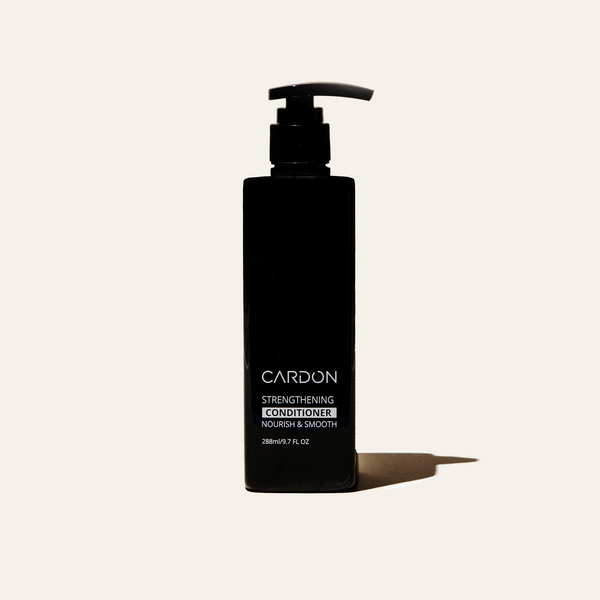

Hair Loss
Hair Thickening + Strengthening Conditioner
good for:
New + Improved: Same thickening formula now with biotin! Finally, a conditioner that doesn’t just soothe—but strengthens, too.
Our Strengthening Conditioner uses Niacinamide and Yeast Extract to get to the root of hair loss issues, nourishing the hair starting right at the scalp for stronger hair that’s smooth as silk.
“A perfect compliment to the shampoo. Adds amazing hydration to the hair, leaving it soft (even with hard water)! A nice, but not overpowering, menthol scent.” - Steve C.
Hair Thickening + Strengthening Conditioner
good for:
New + Improved: Same thickening formula now with biotin! Finally, a conditioner that doesn’t just soothe—but strengthens, too.
Our Strengthening Conditioner uses Niacinamide and Yeast Extract to get to the root of hair loss issues, nourishing the hair starting right at the scalp for stronger hair that’s smooth as silk.
“A perfect compliment to the shampoo. Adds amazing hydration to the hair, leaving it soft (even with hard water)! A nice, but not overpowering, menthol scent.” - Steve C.
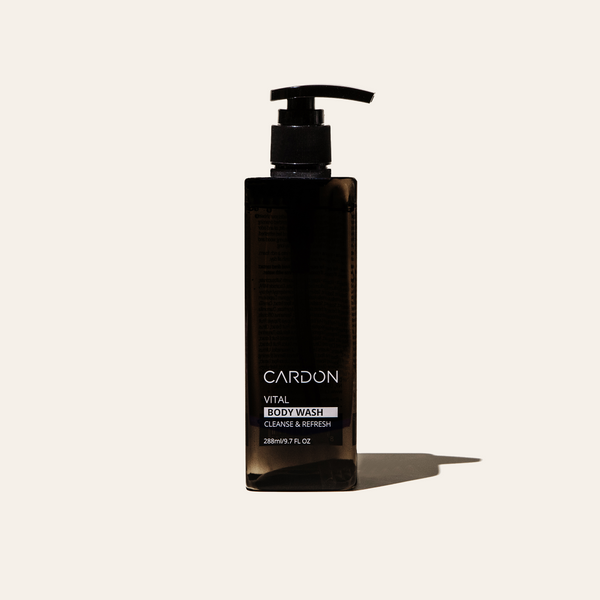
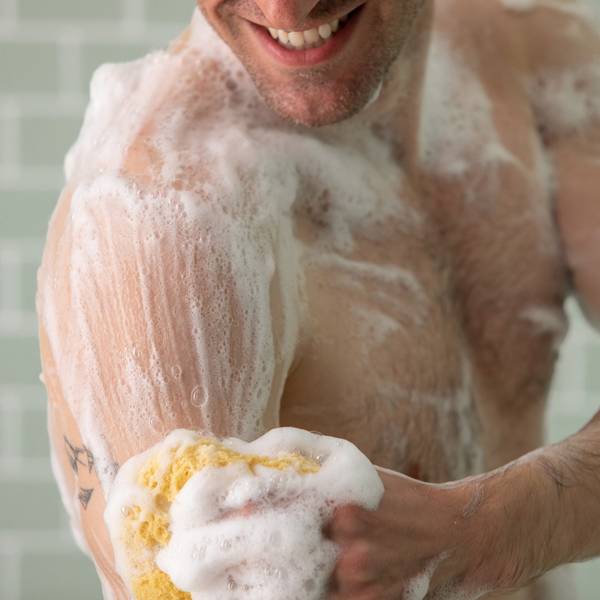
AWARD
Vital Body Wash
good for:
Step up your shower game with the Vital Body Wash, an energizing, body-acne clearing emulsion and 2022 GQ Grooming Award Winner!
The active lather uses natural, non-stripping ingredients like Green Tea and Sea Buckthorn to deeply cleanse, tackle breakouts, and combat body odor. The invigorating woody fragrance blend will make your skin smell as good as it looks.
“This body wash gets the job done! It cleans you thoroughly without drying out your skin. You smell fresh and clean, not perfumed. And as always with Cardon... a little goes a long way.” - Troy H.
Vital Body Wash
good for:
Step up your shower game with the Vital Body Wash, an energizing, body-acne clearing emulsion and 2022 GQ Grooming Award Winner!
The active lather uses natural, non-stripping ingredients like Green Tea and Sea Buckthorn to deeply cleanse, tackle breakouts, and combat body odor. The invigorating woody fragrance blend will make your skin smell as good as it looks.
“This body wash gets the job done! It cleans you thoroughly without drying out your skin. You smell fresh and clean, not perfumed. And as always with Cardon... a little goes a long way.” - Troy H.
Cardon Products Are
Easy to Use
We never create two products when we can achieve the same results with one. Cardon products are designed to be easy to use every day.
Backed By Korean Innovation
Korean R&D is two decades ahead of the rest of the world. Cardon products use the highest quality, most effective ingredients out there.
Non-Toxic
Finally, an ingredient label you can feel good about. Every ingredient in Cardon products is good for your skin, and easy on the mind.


